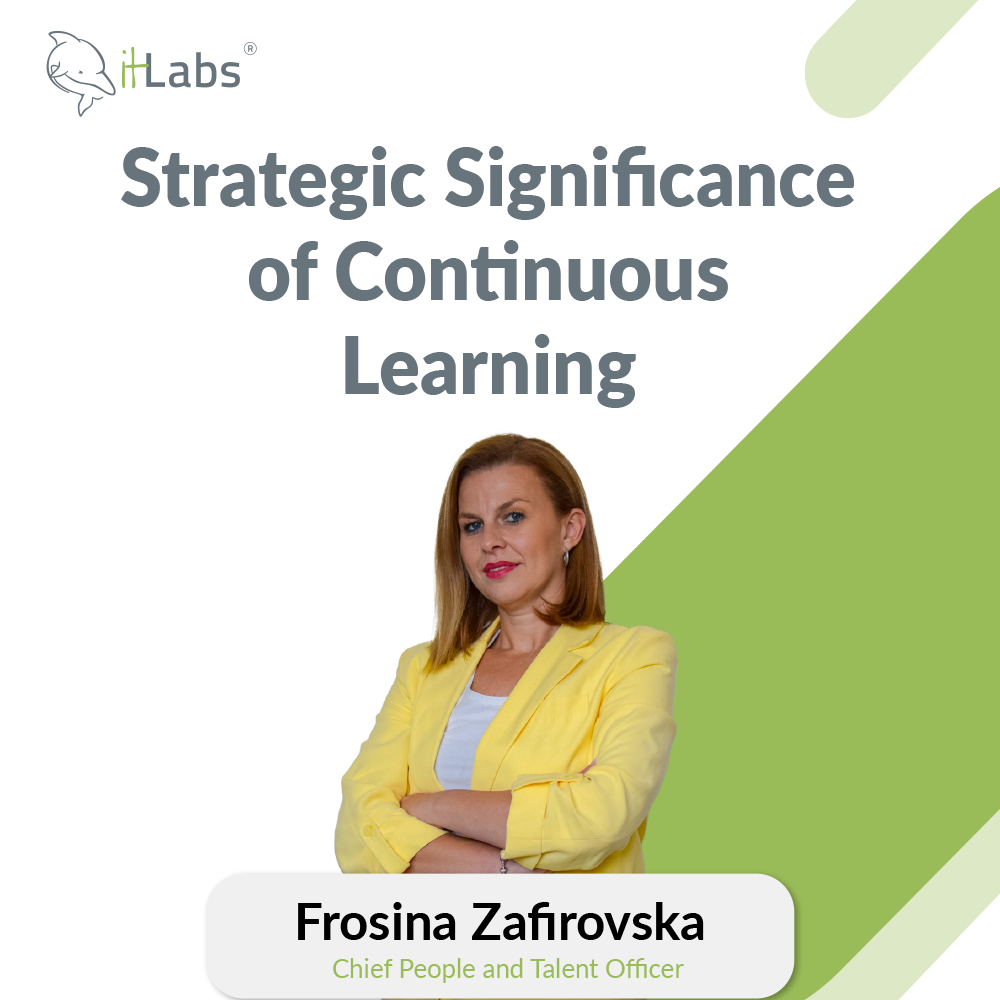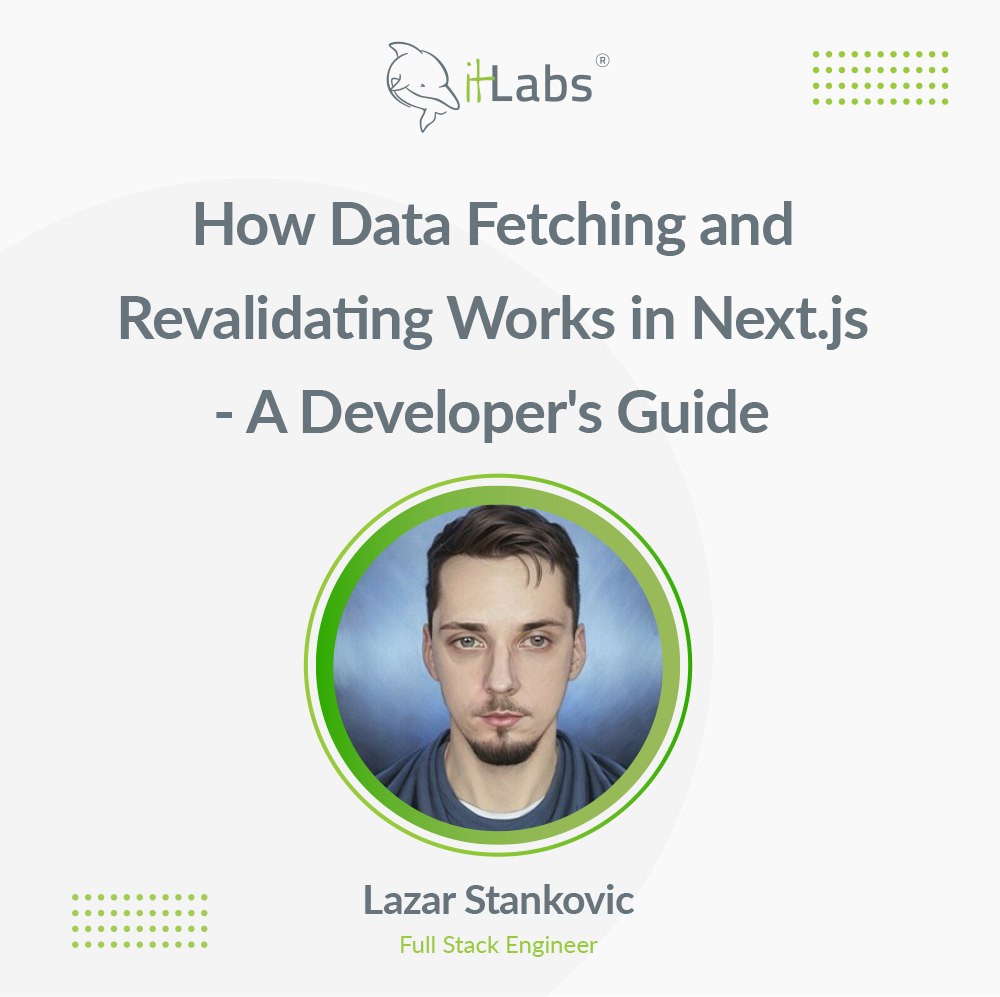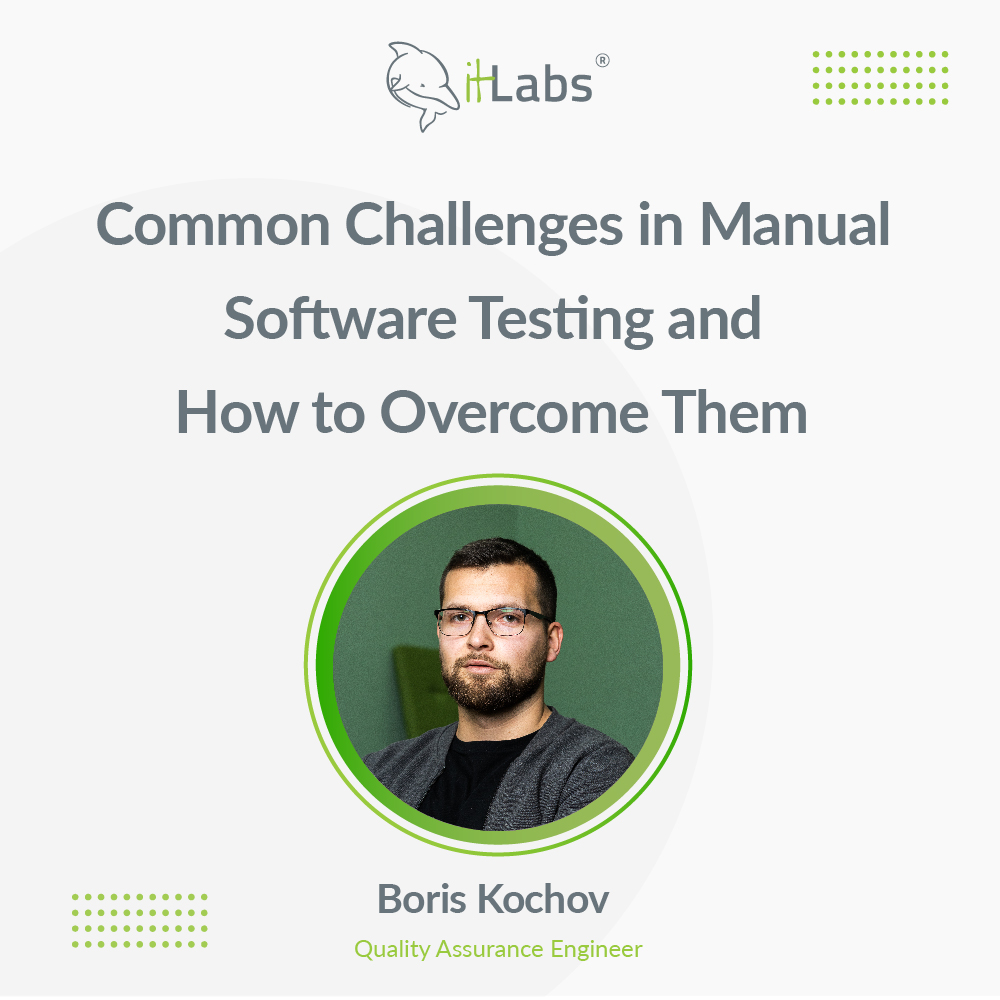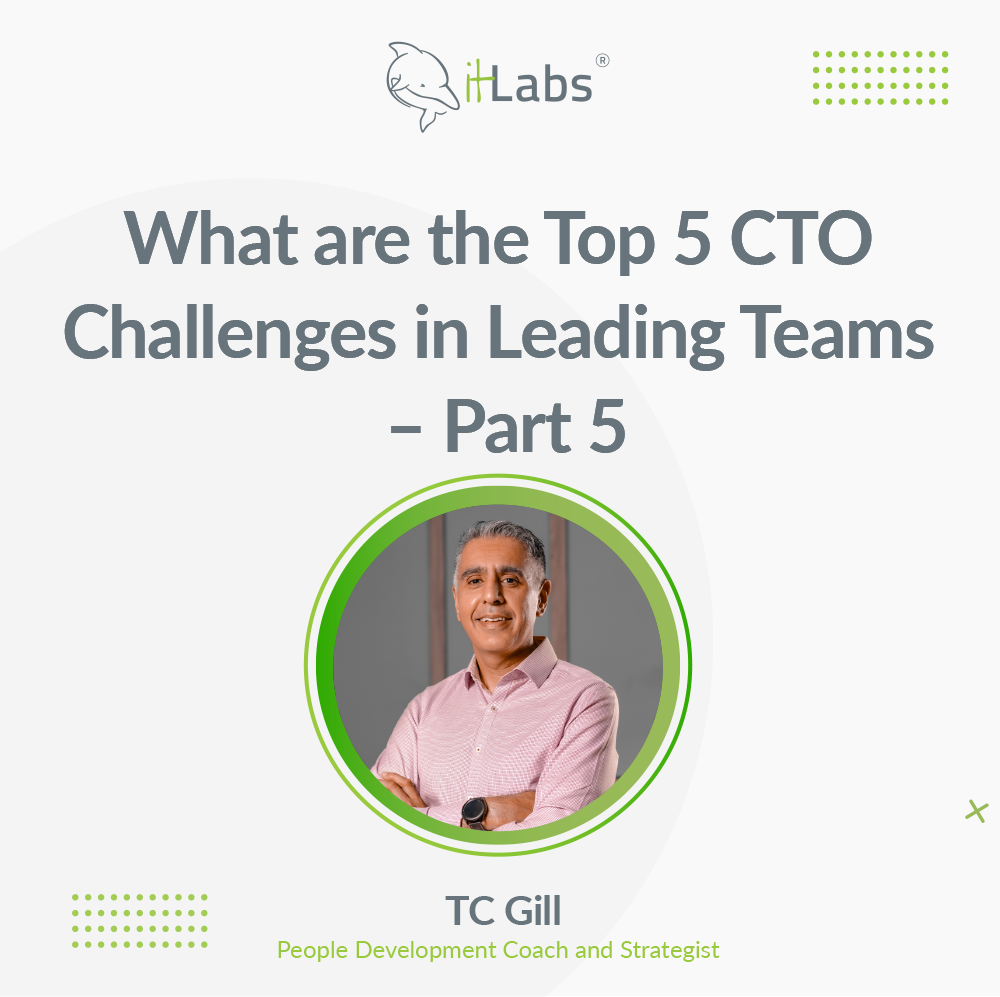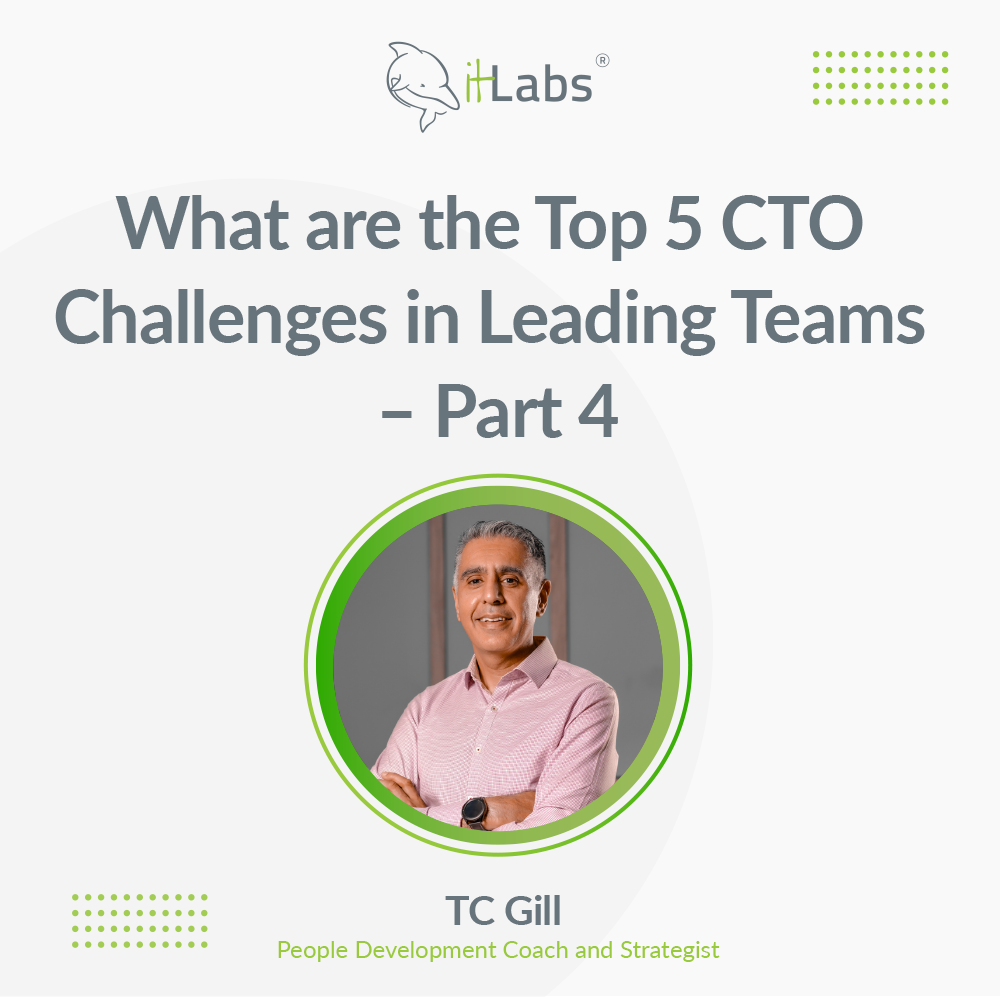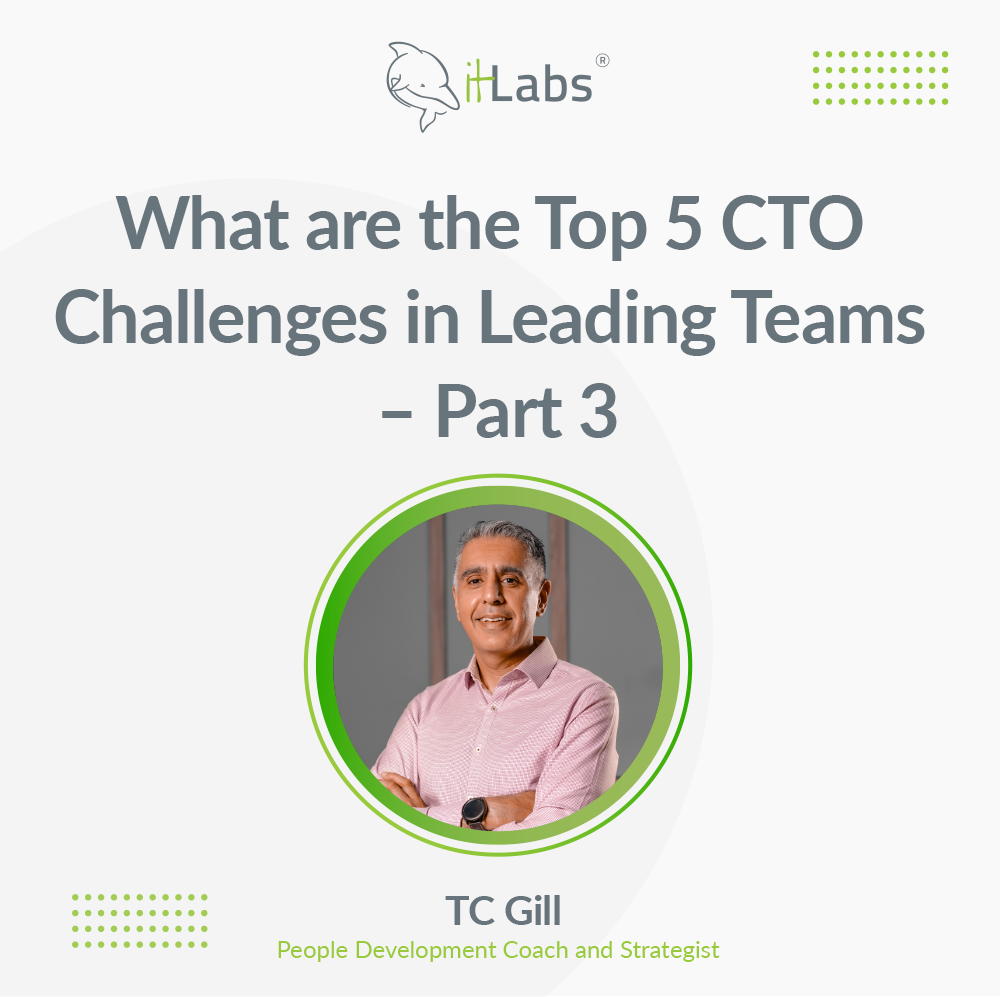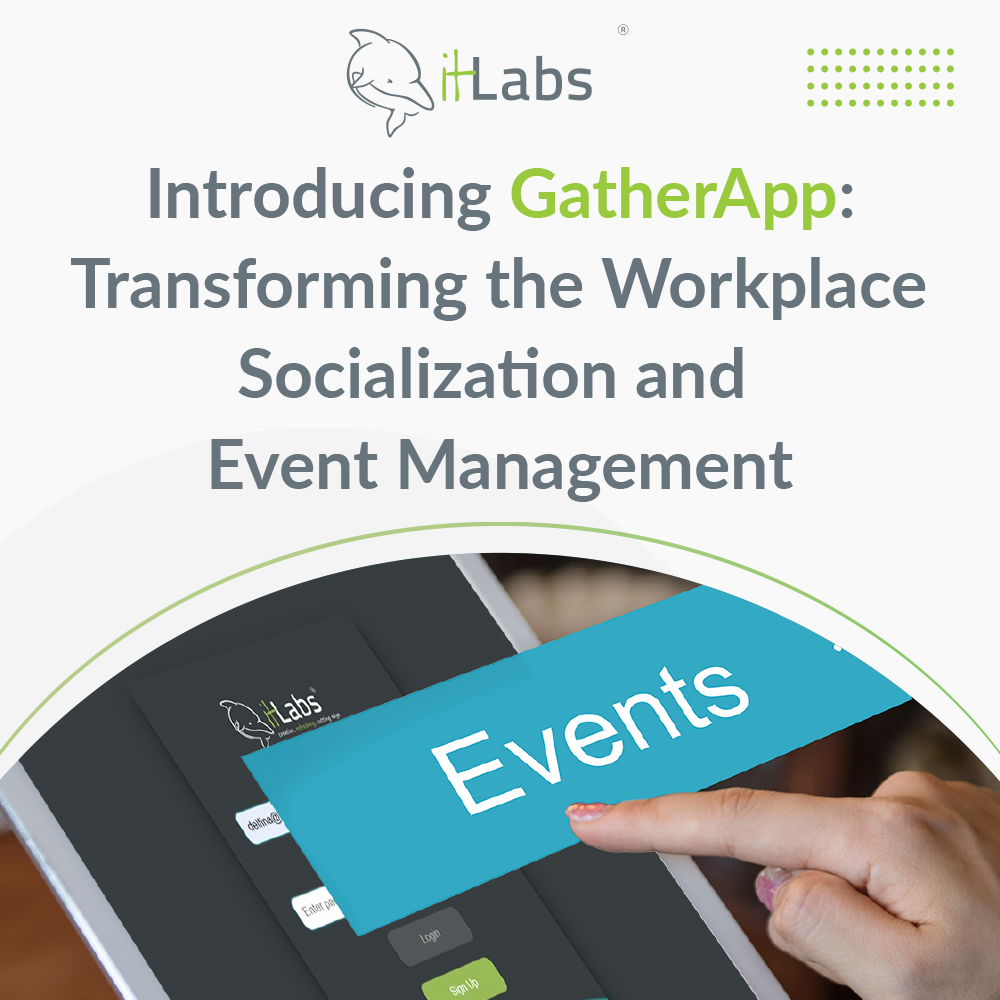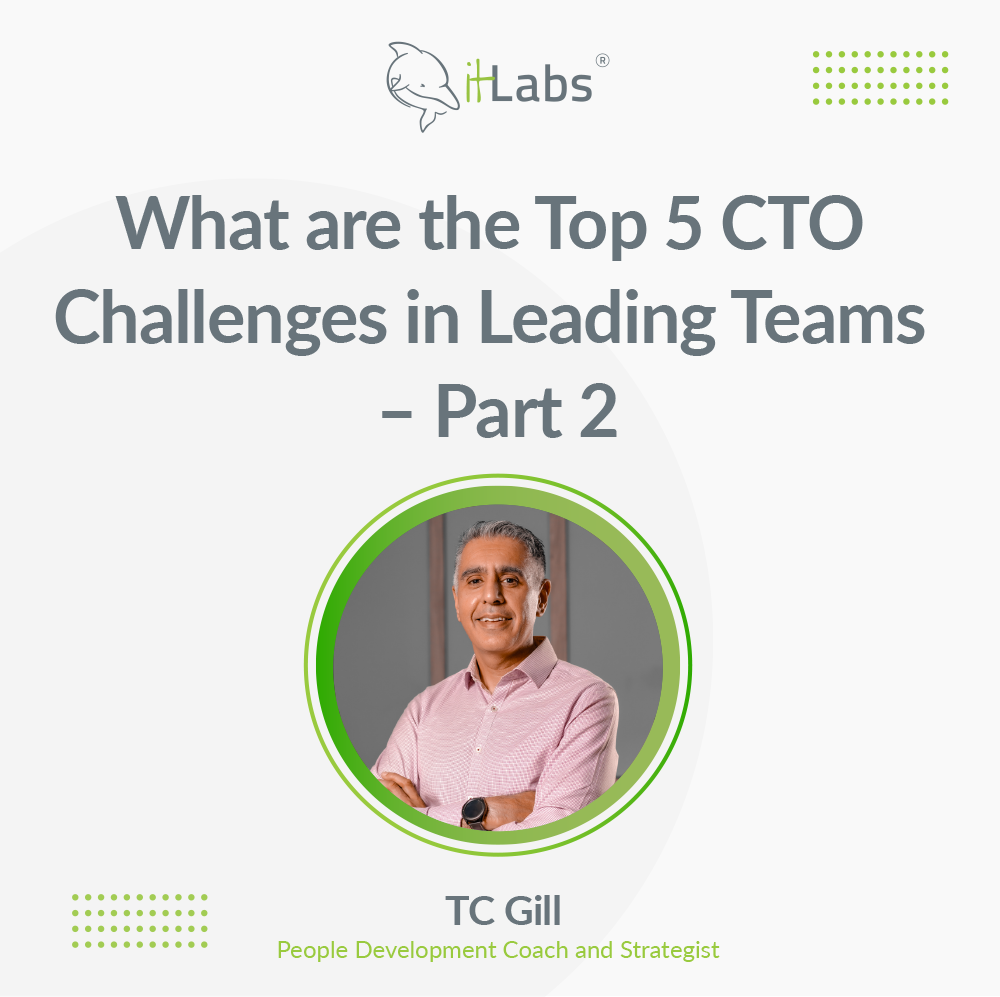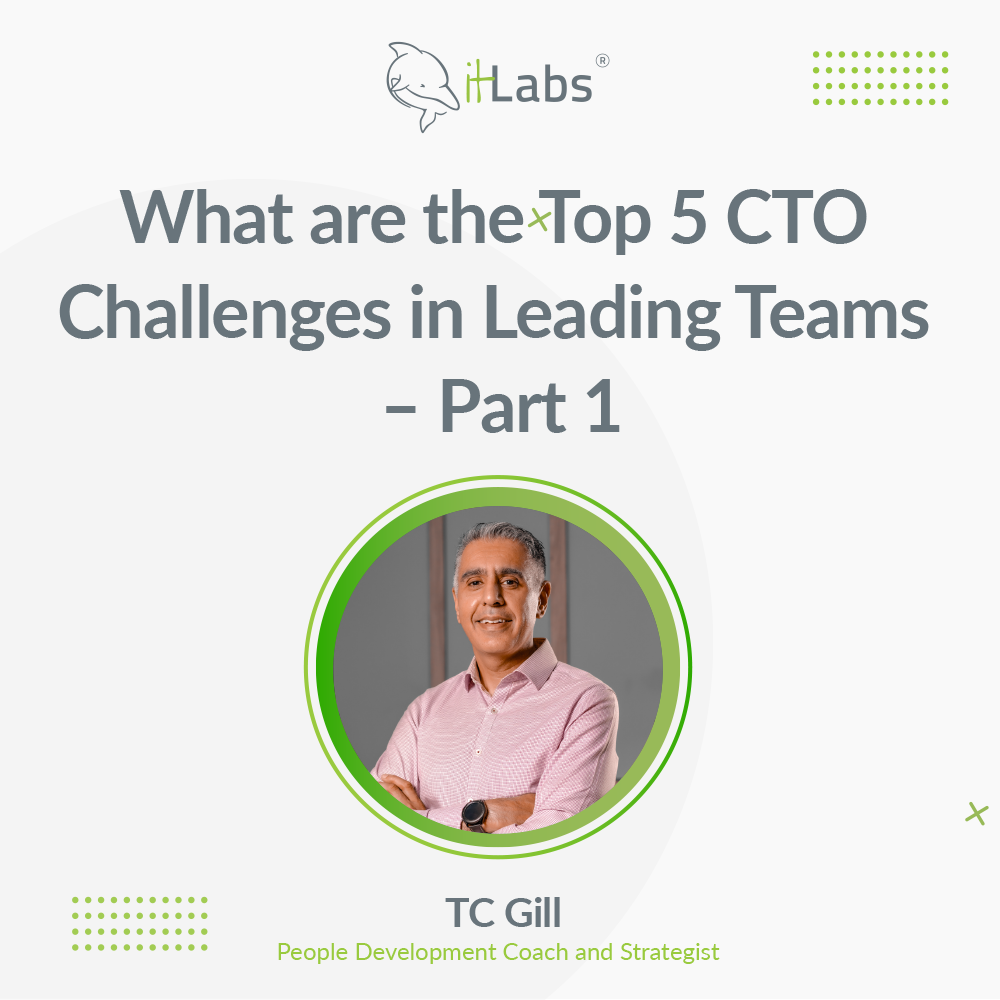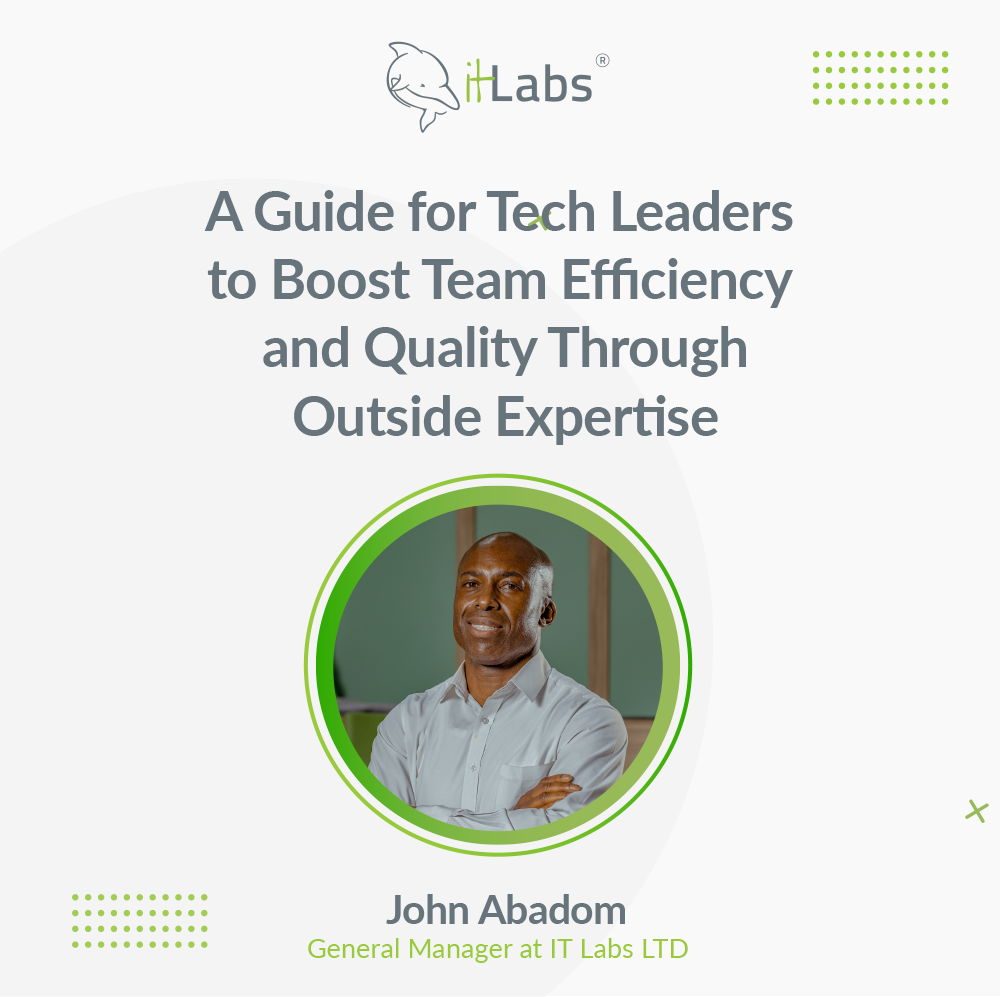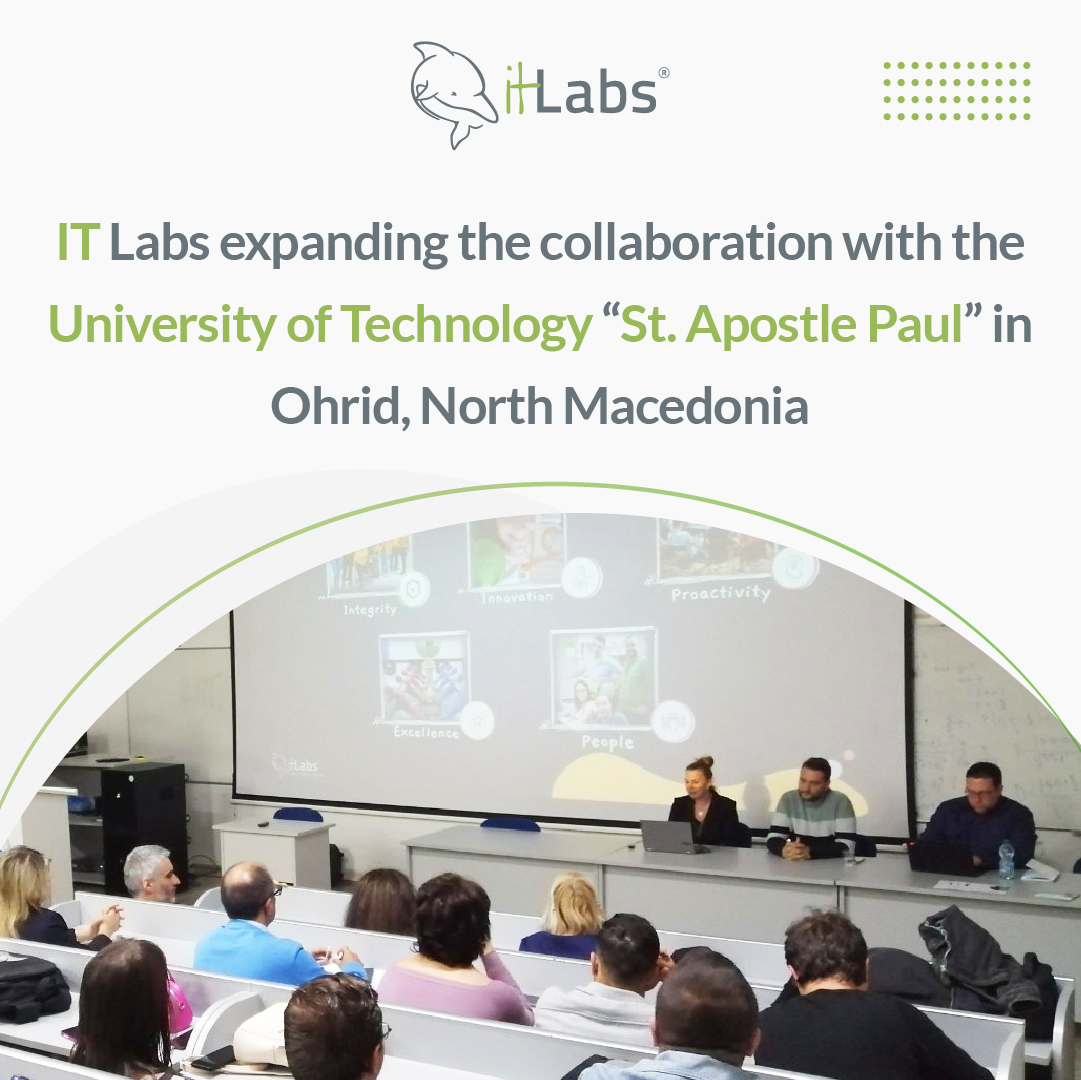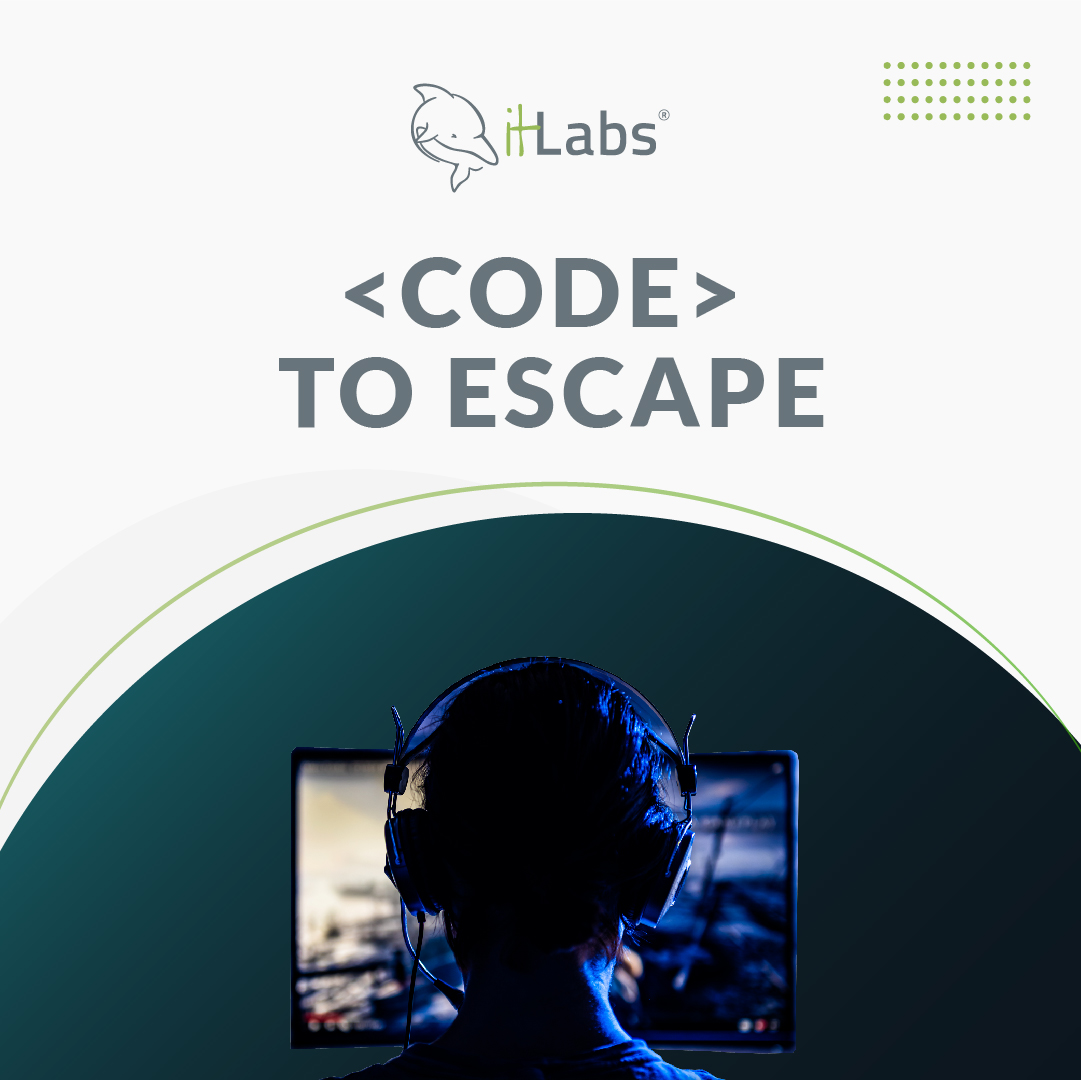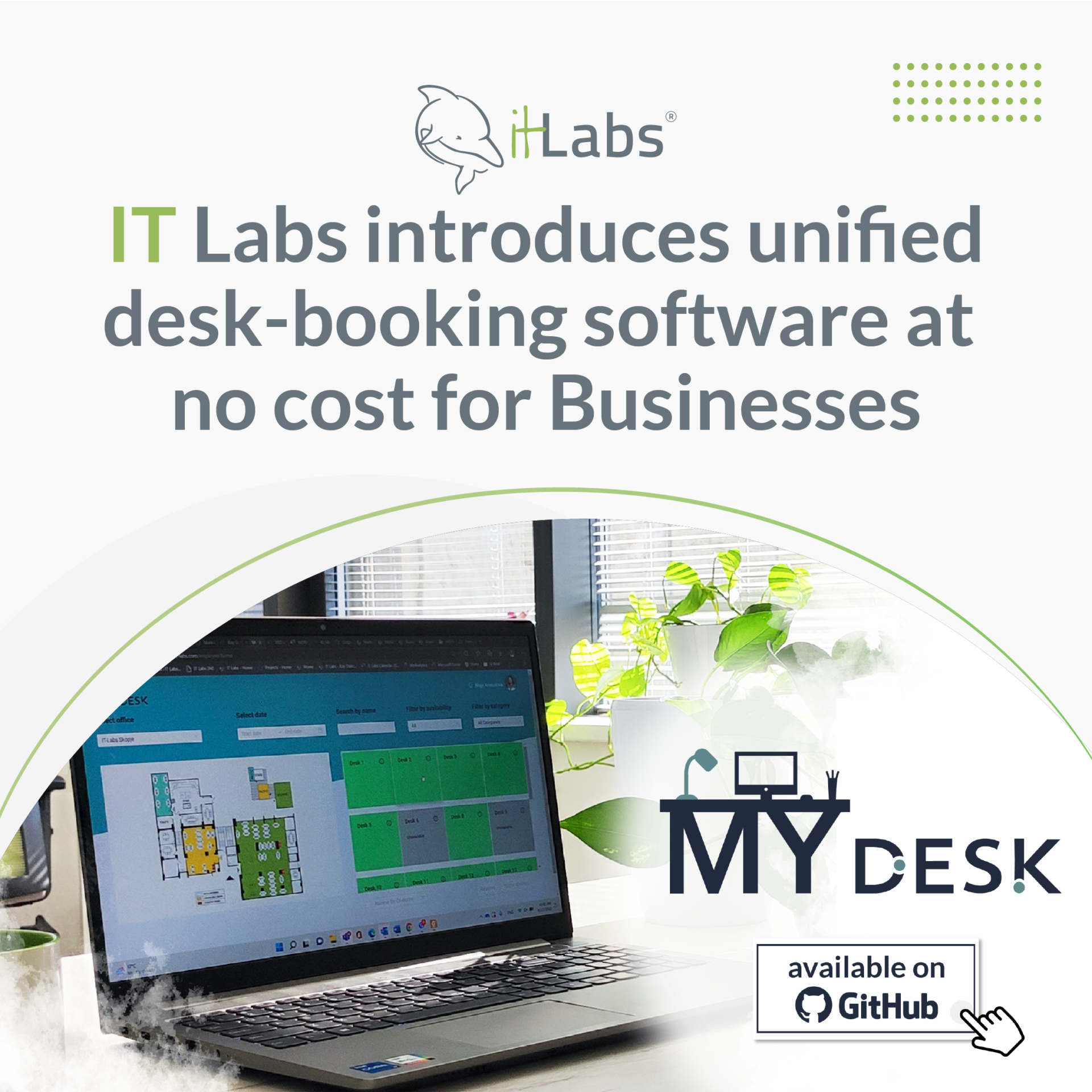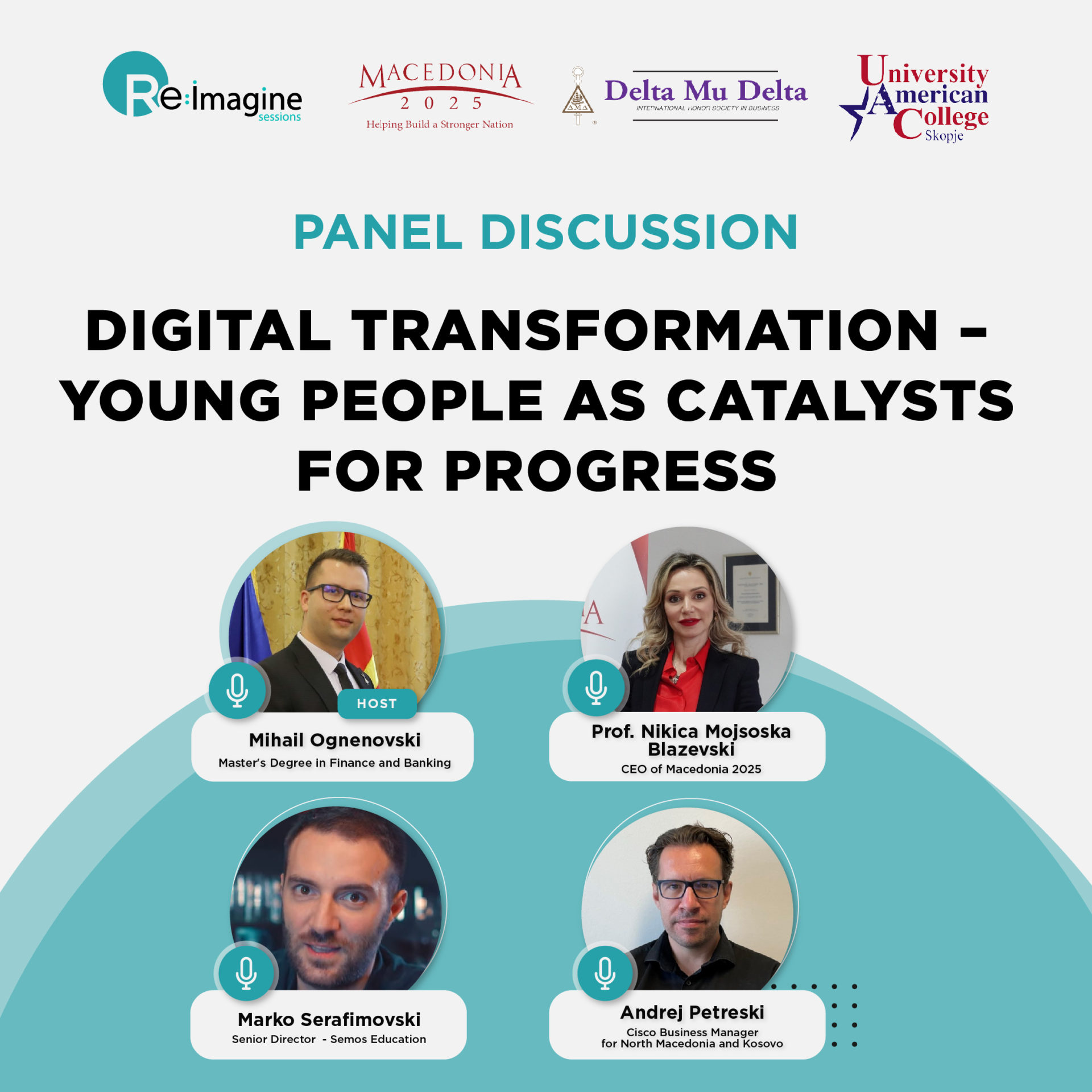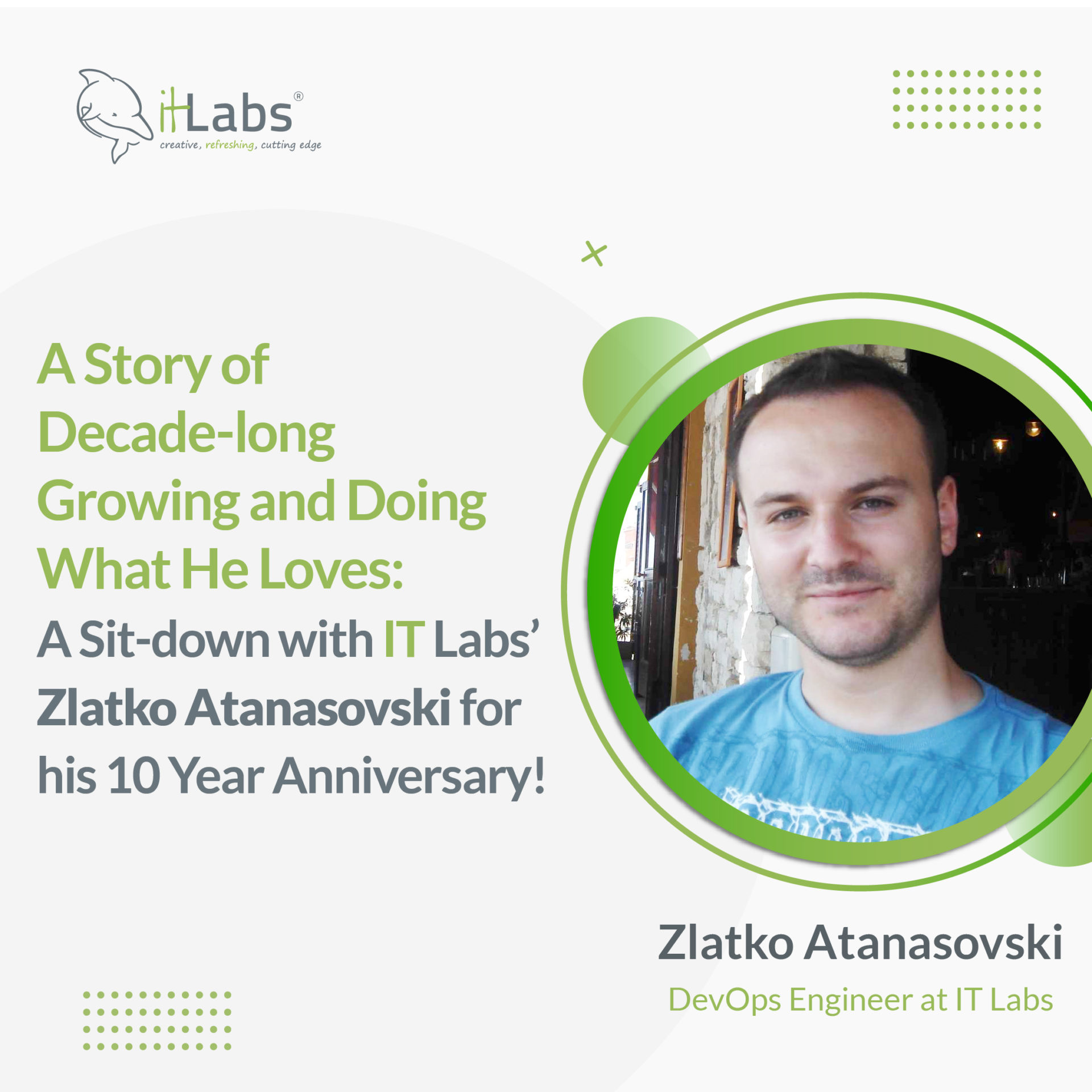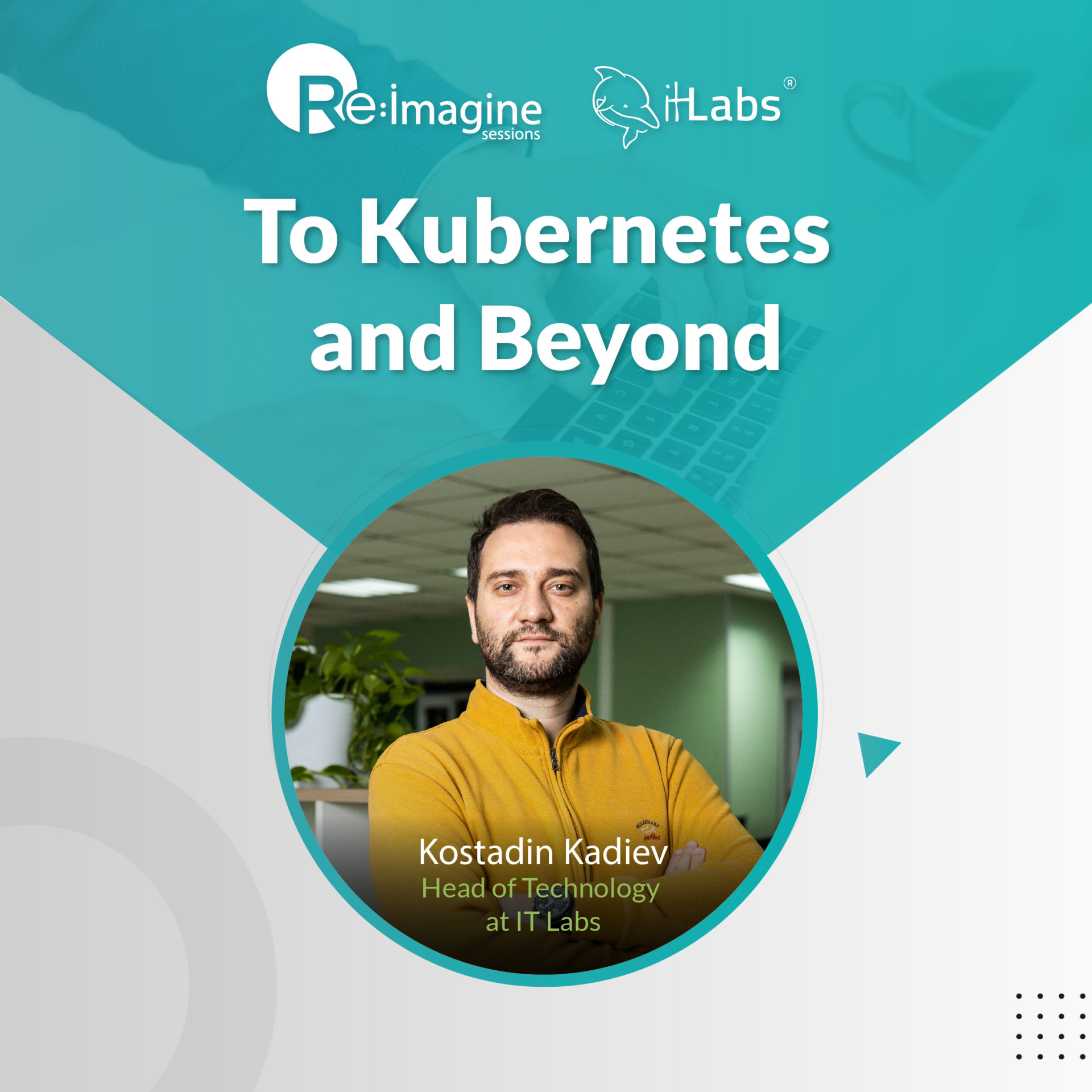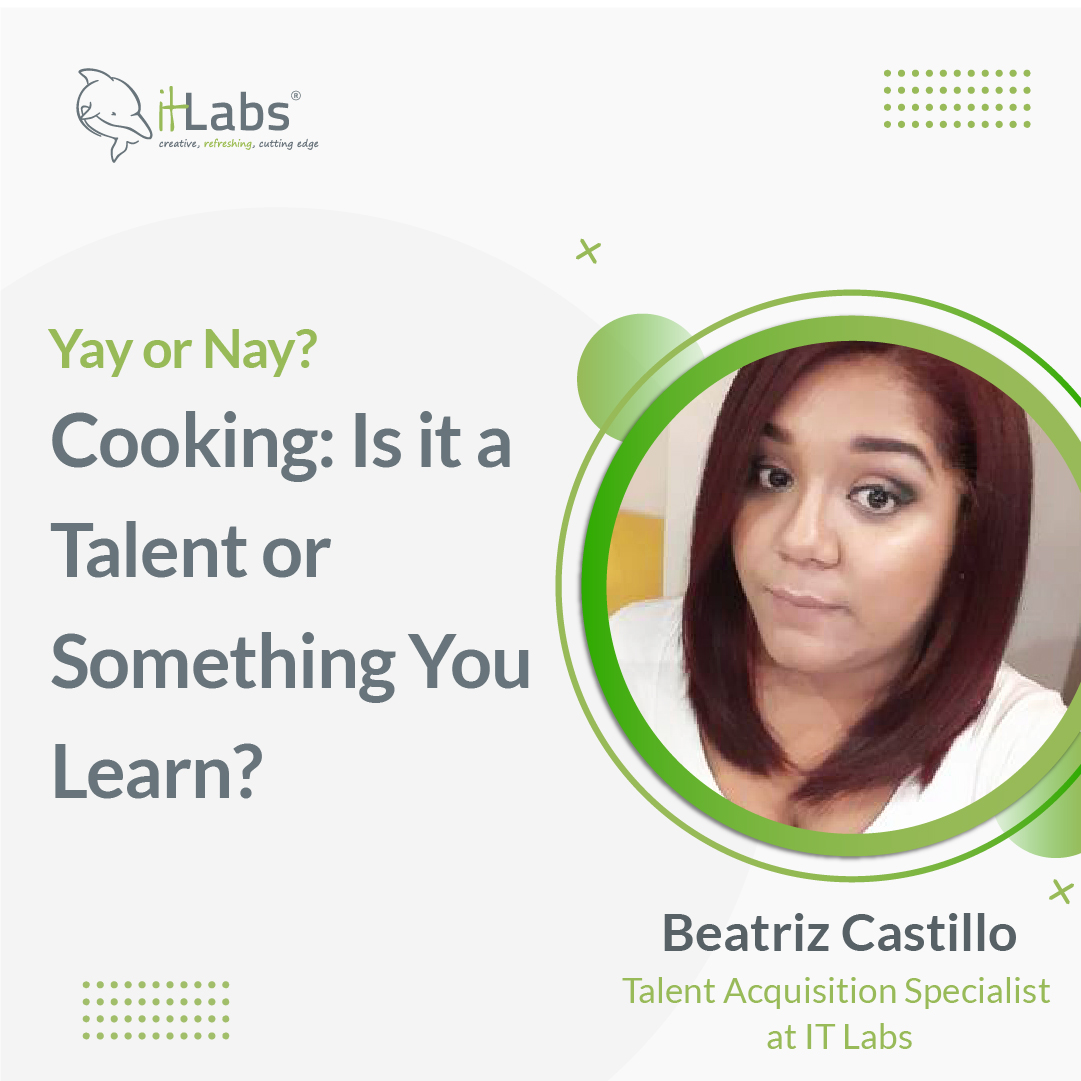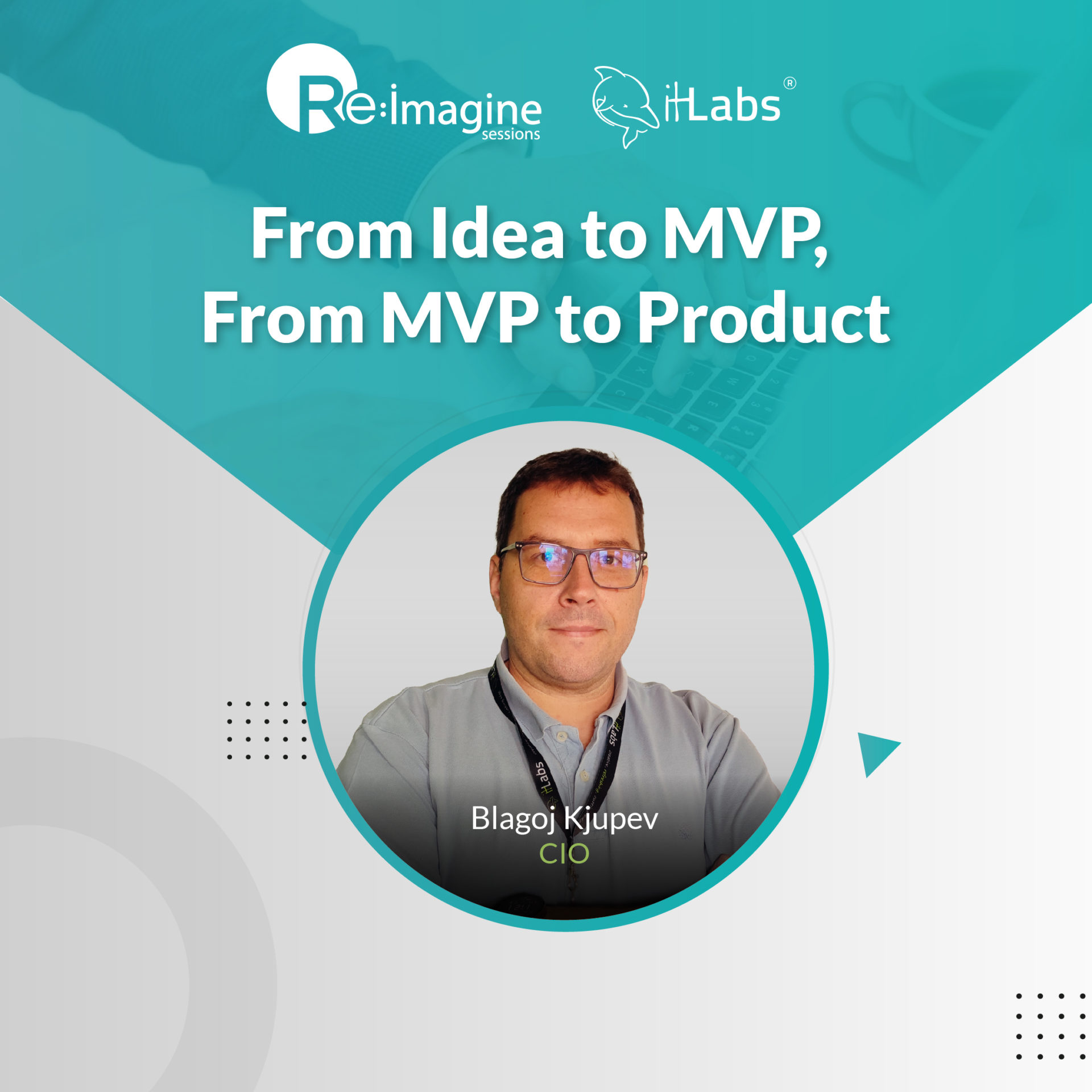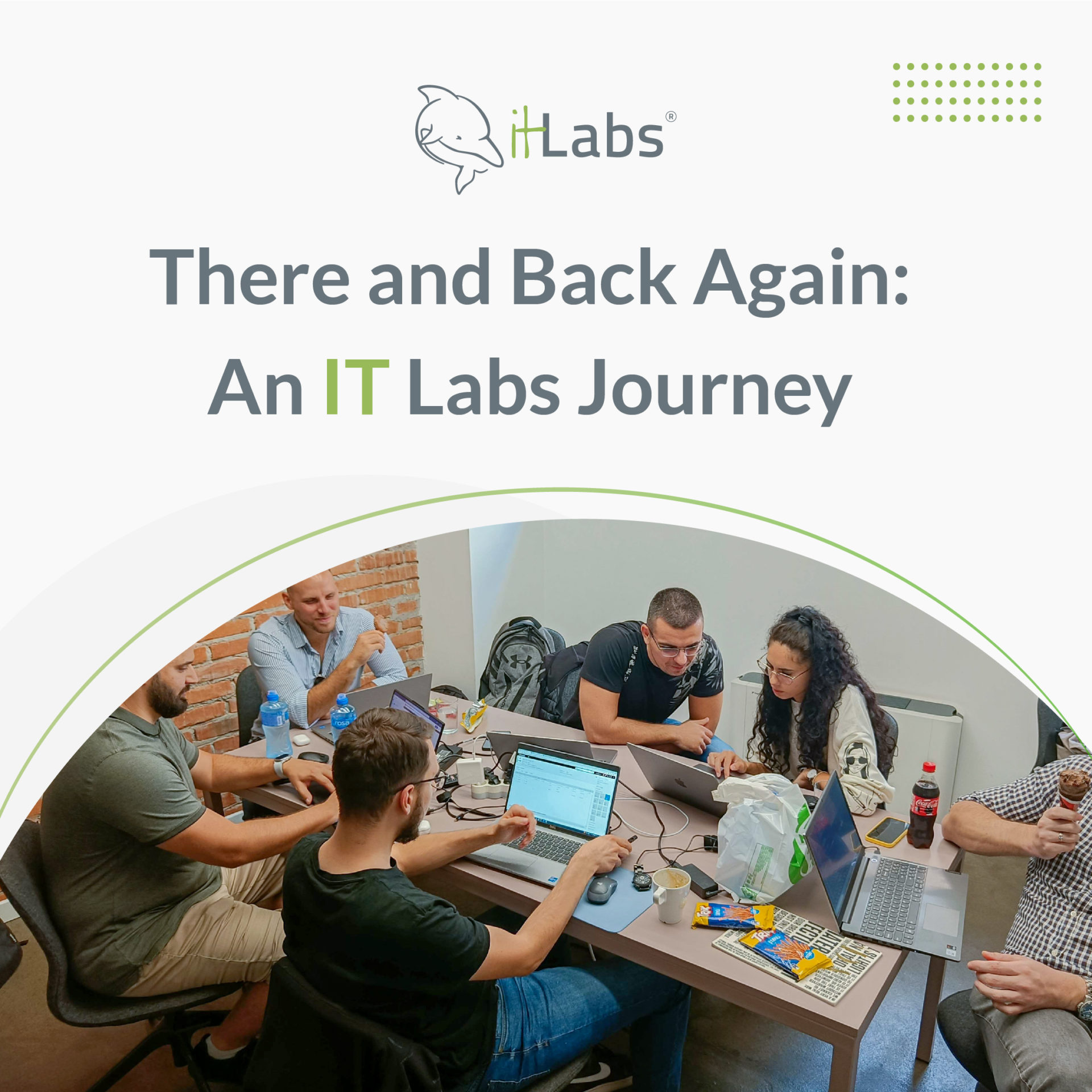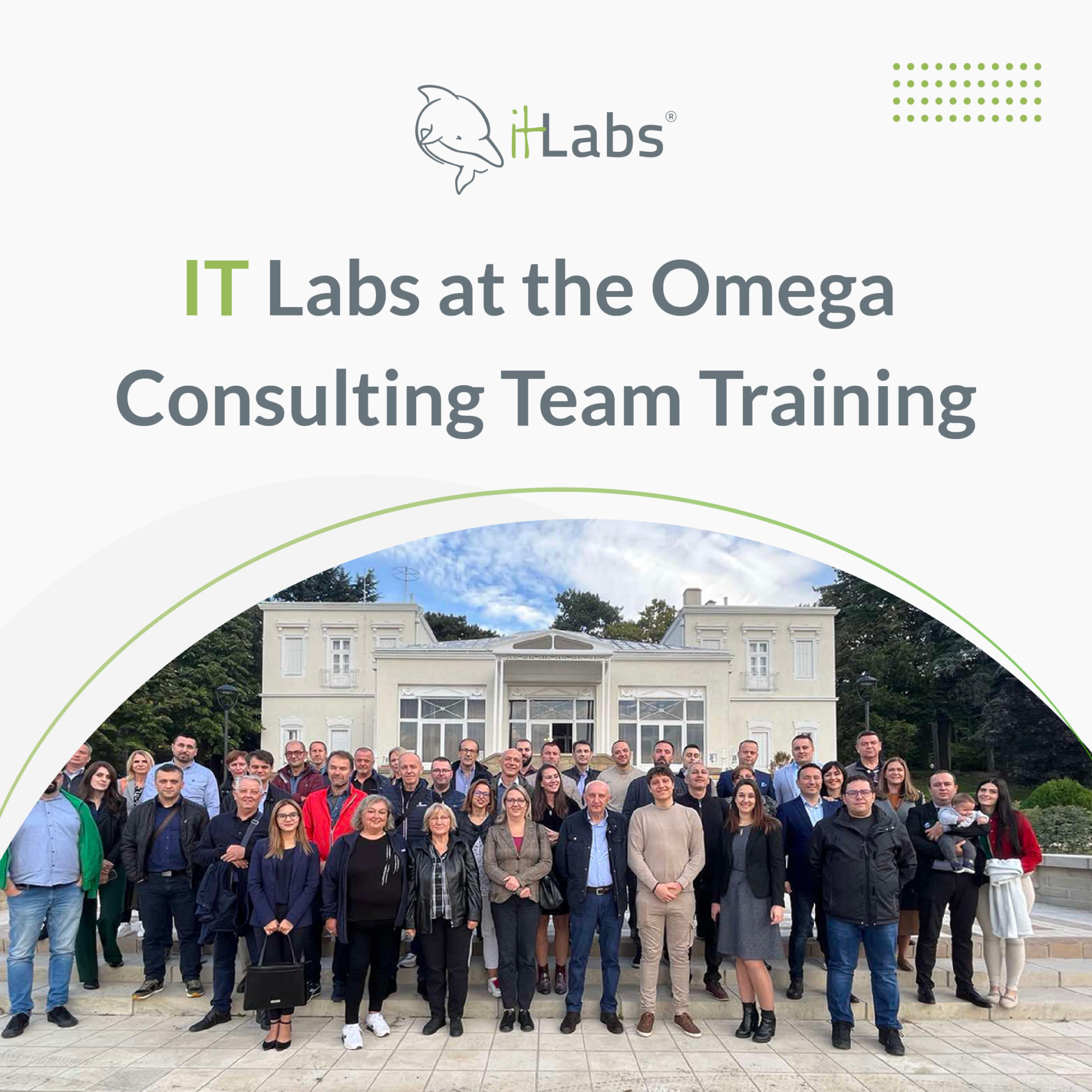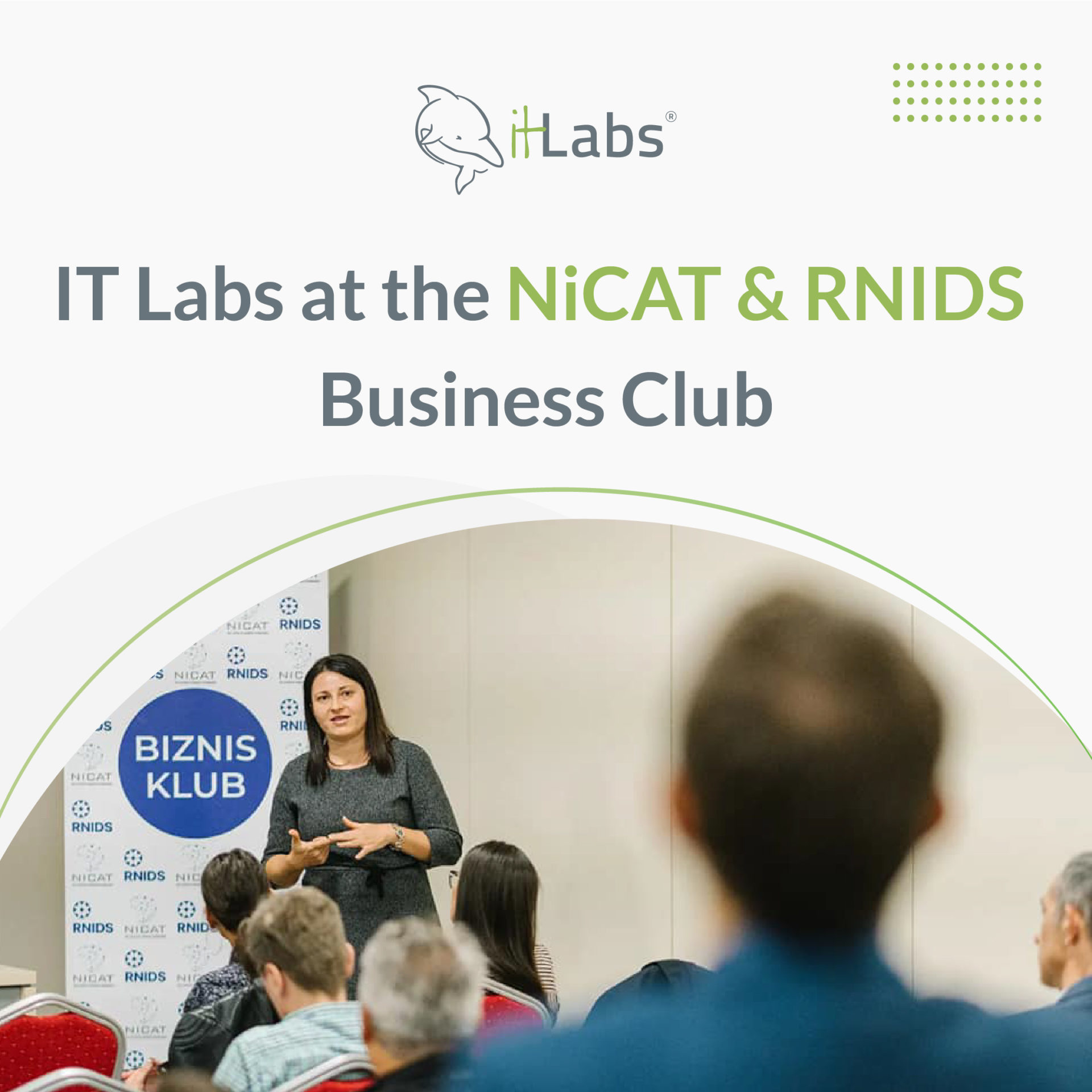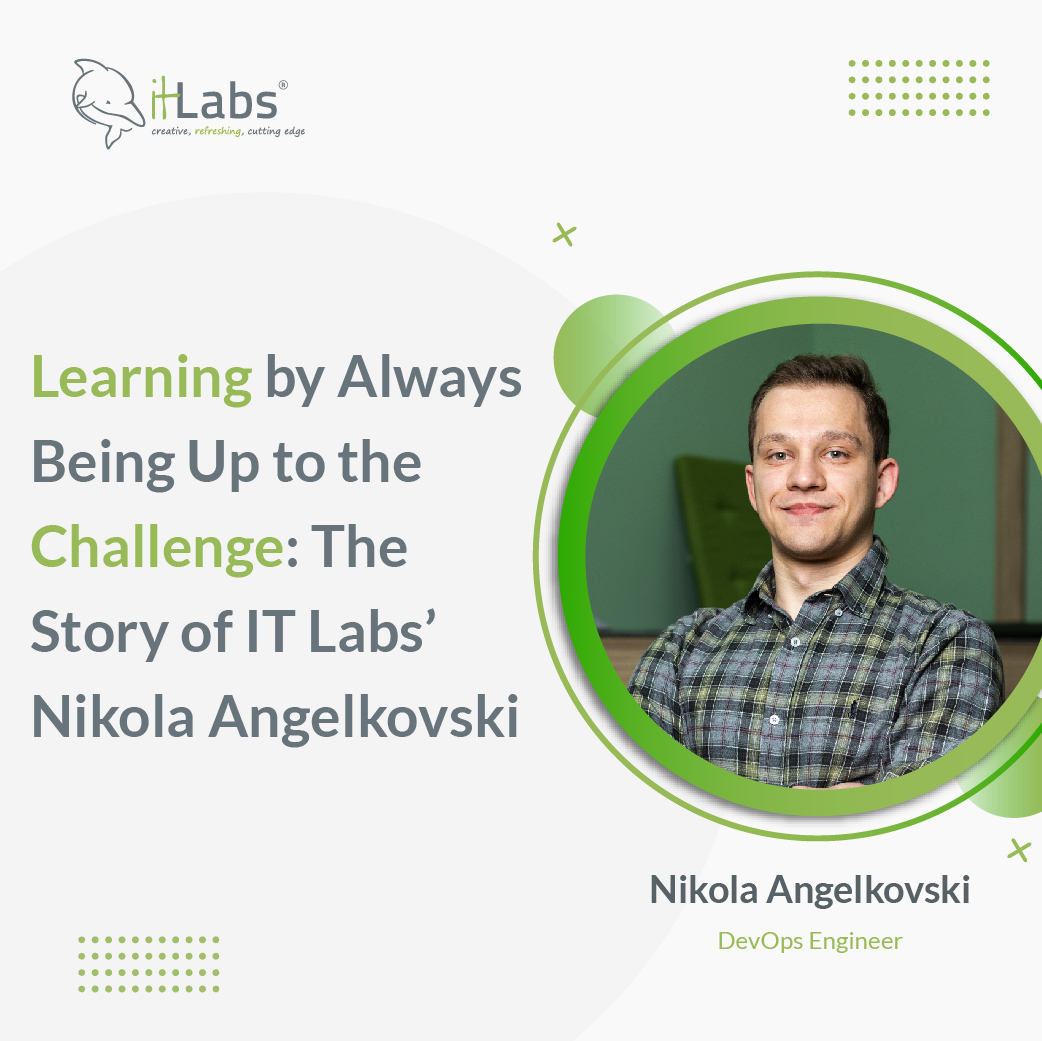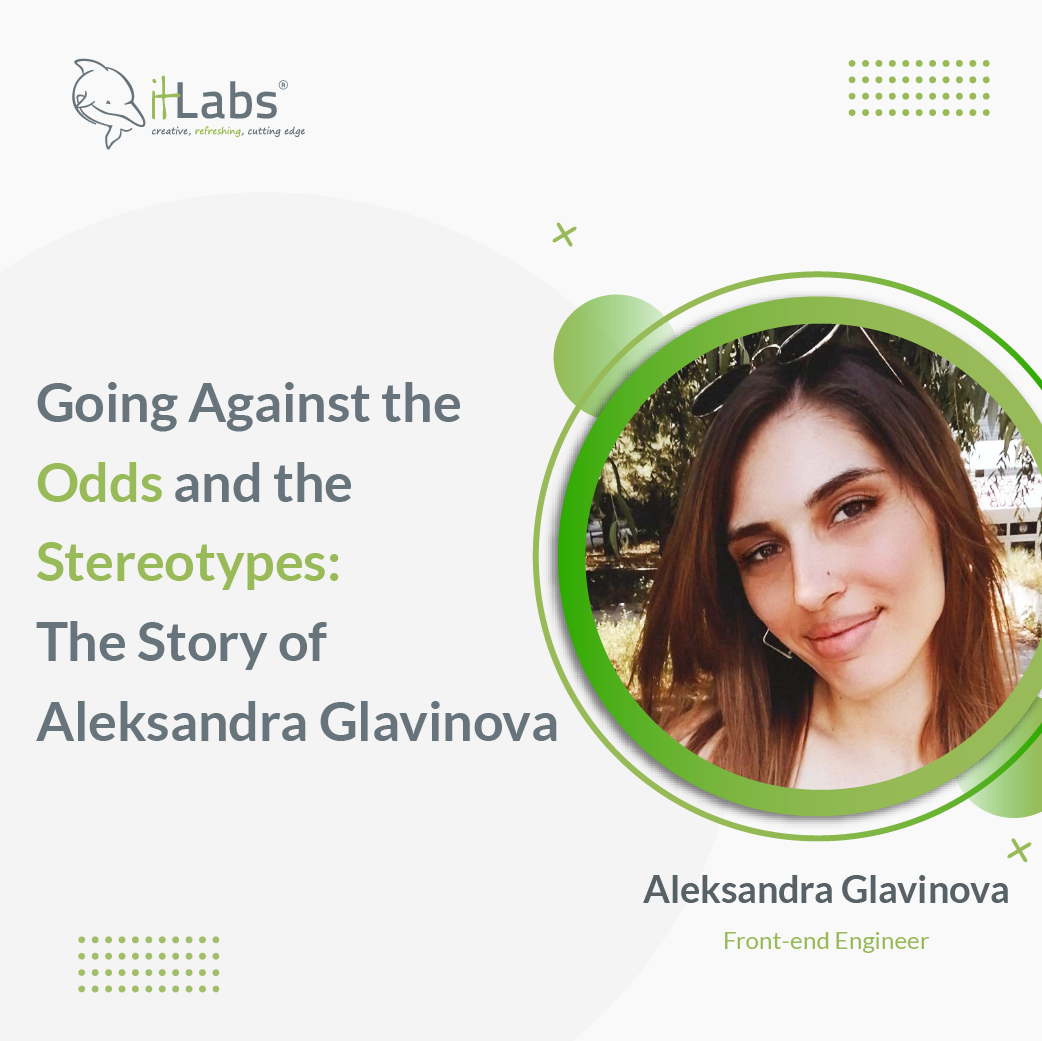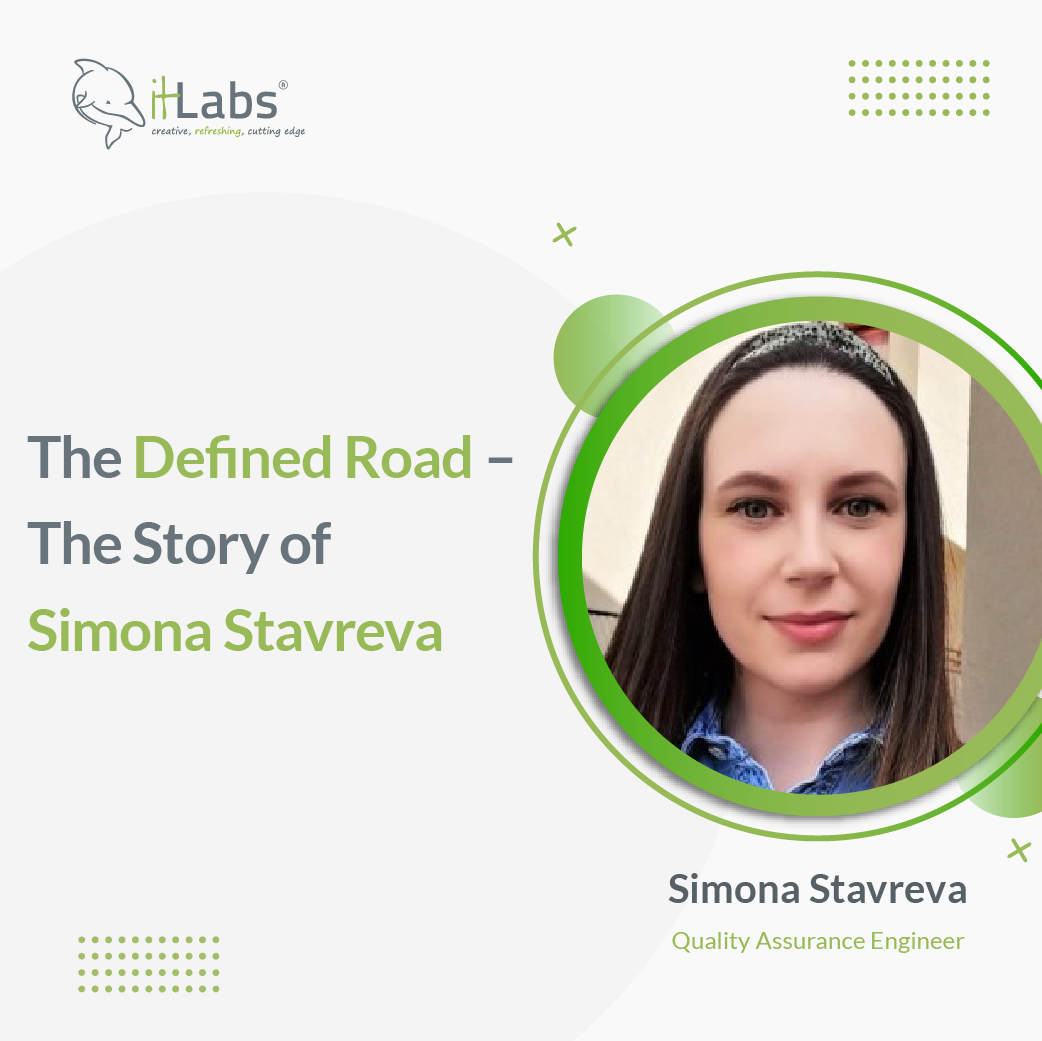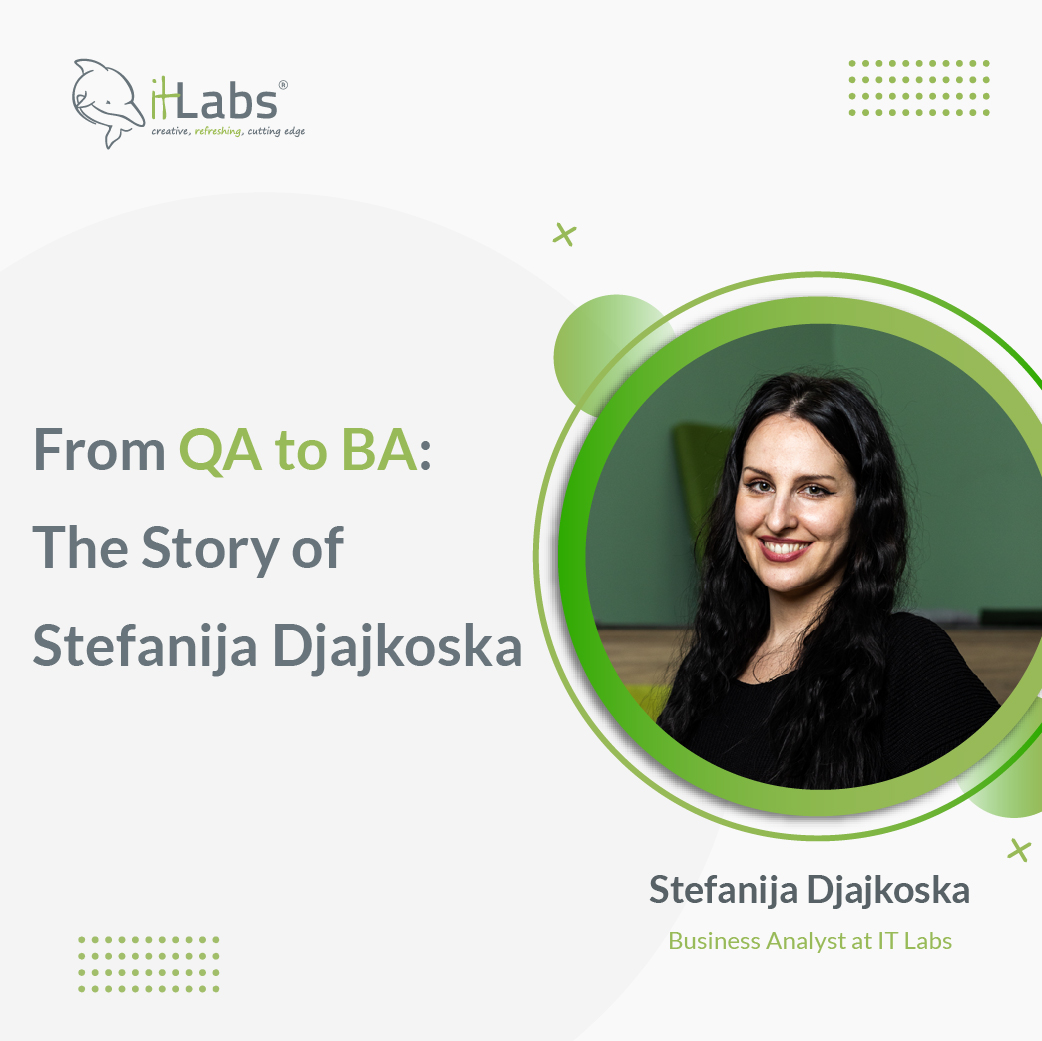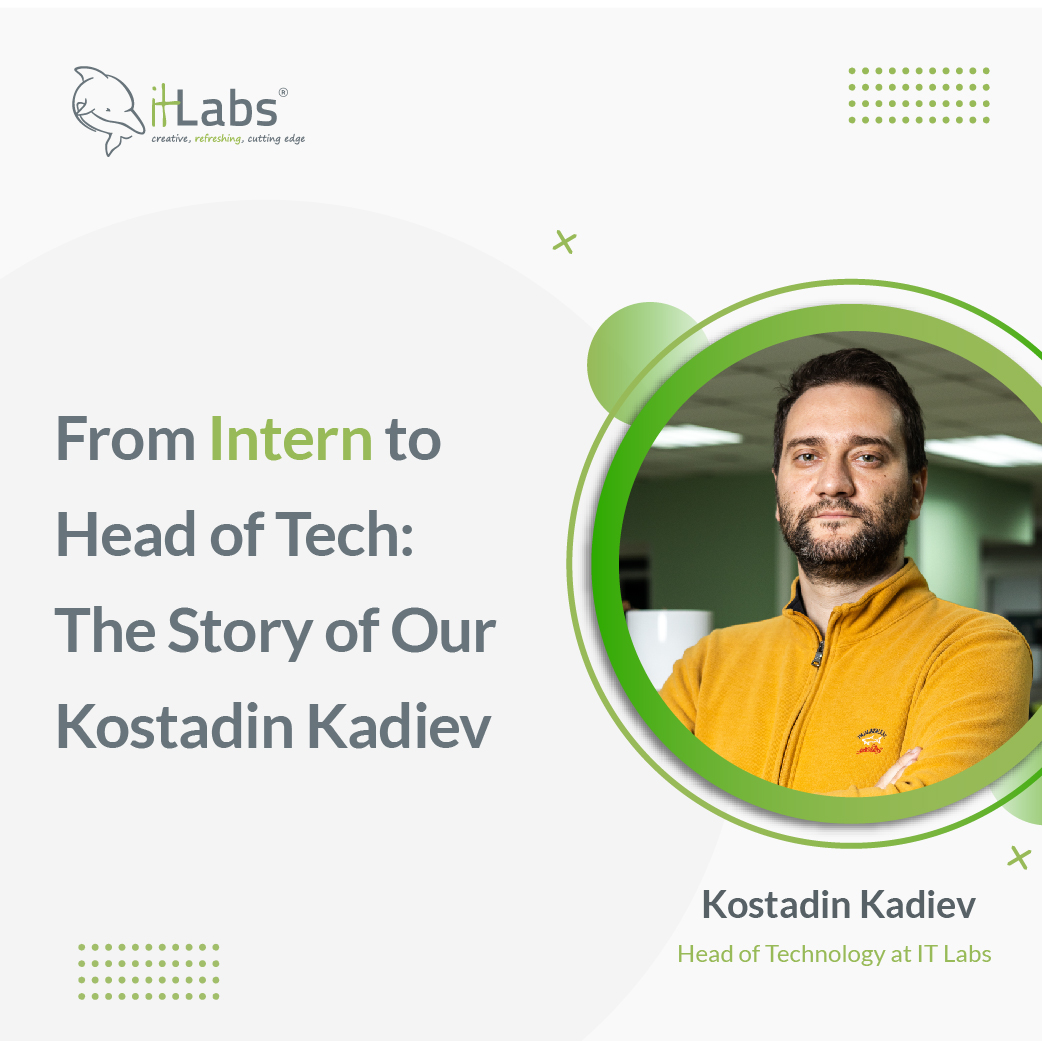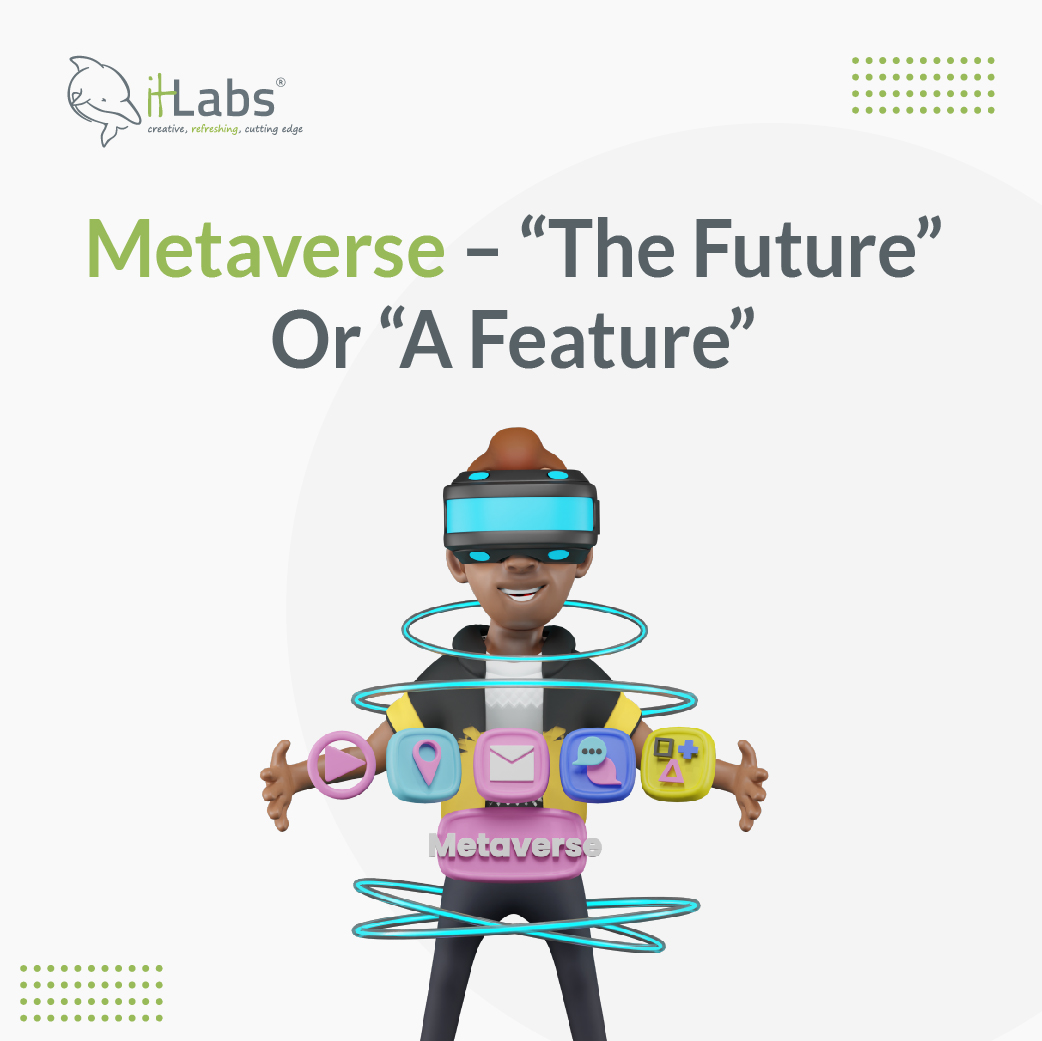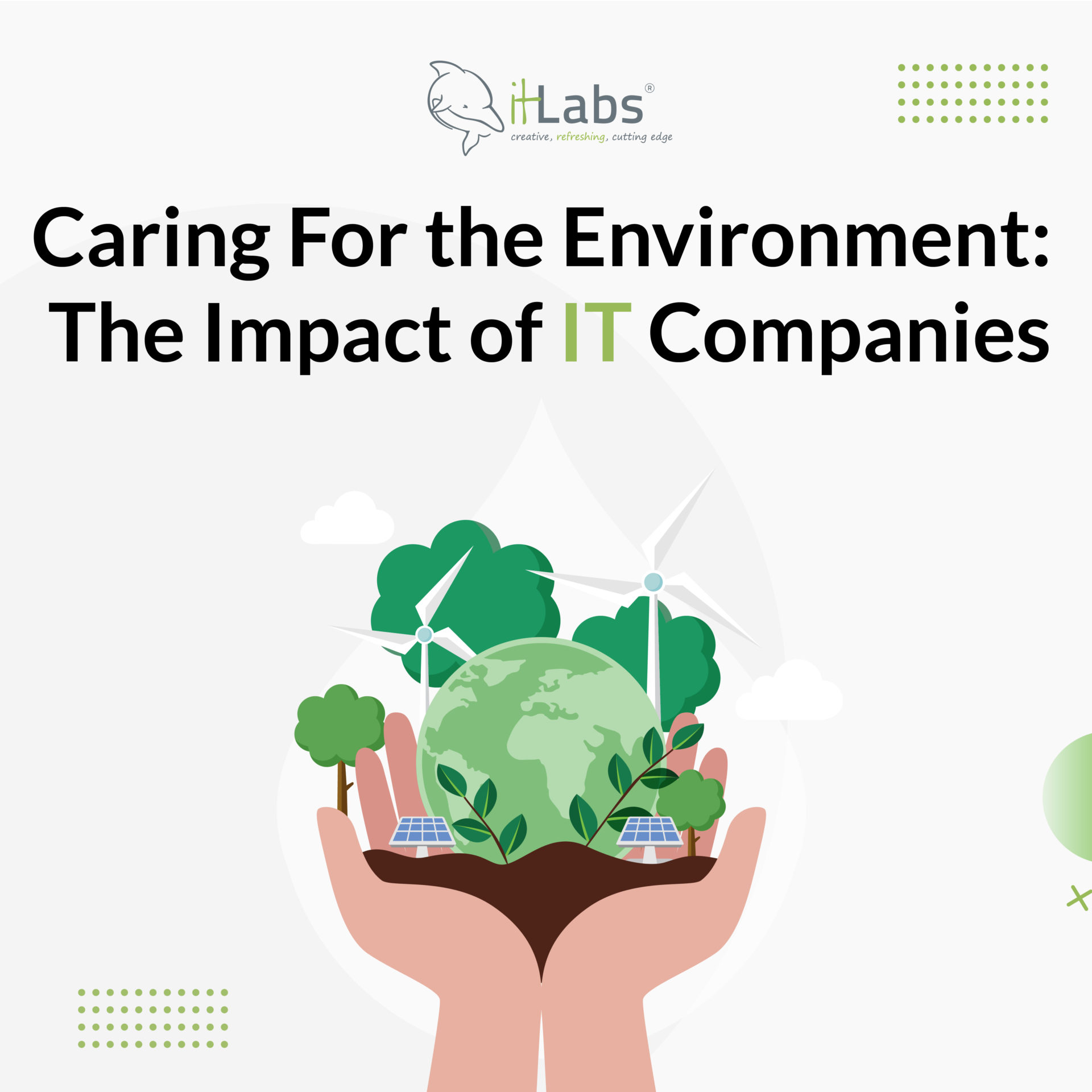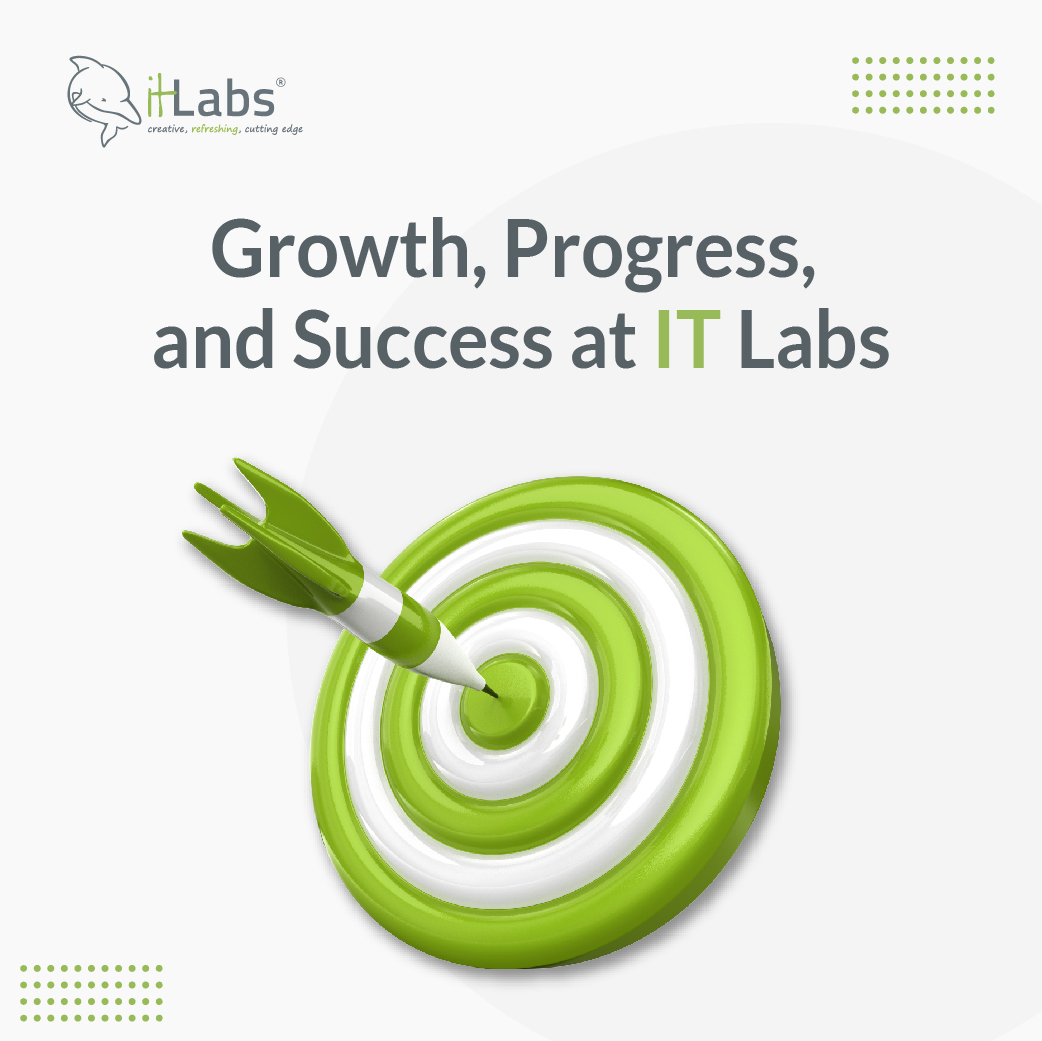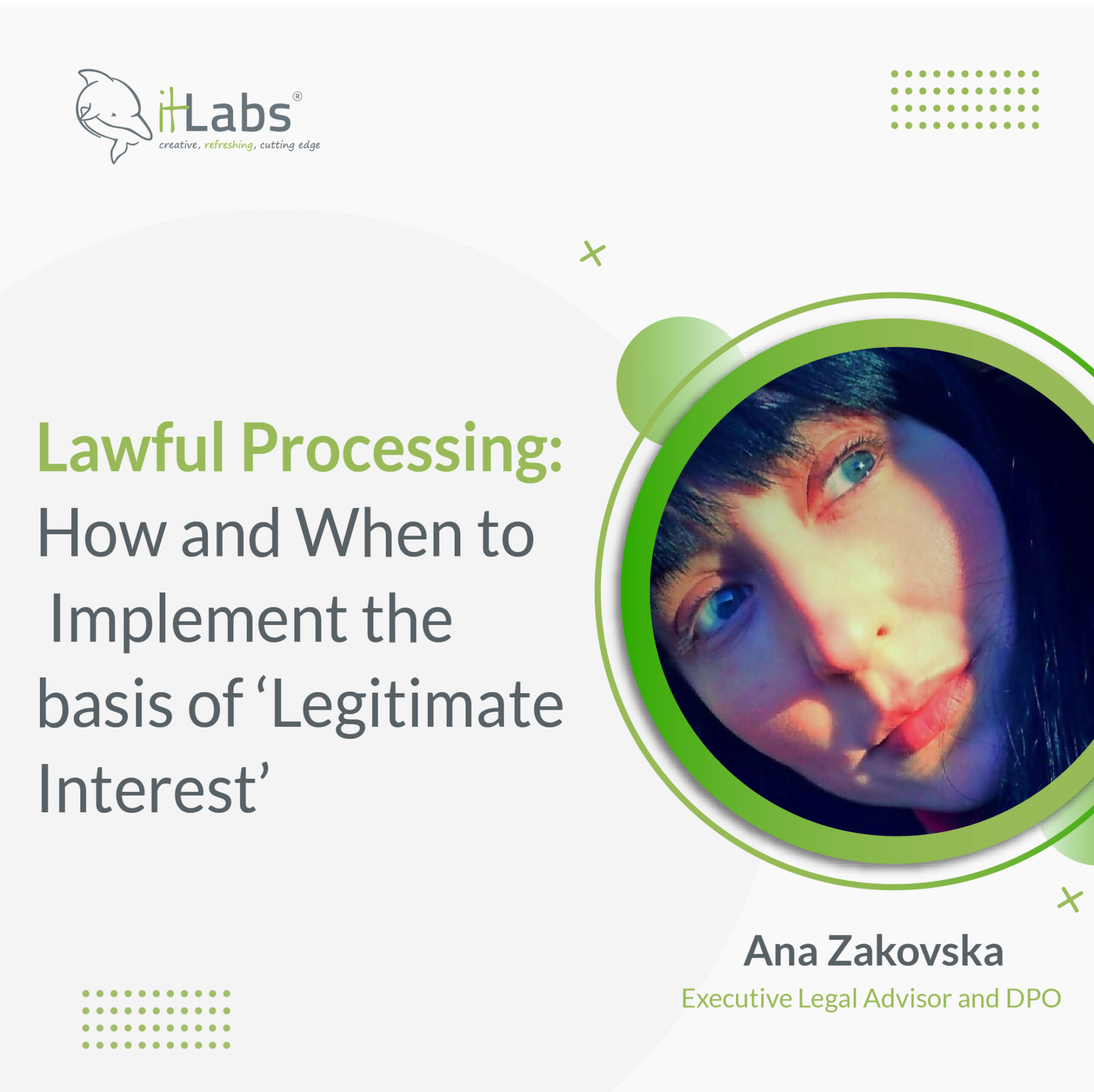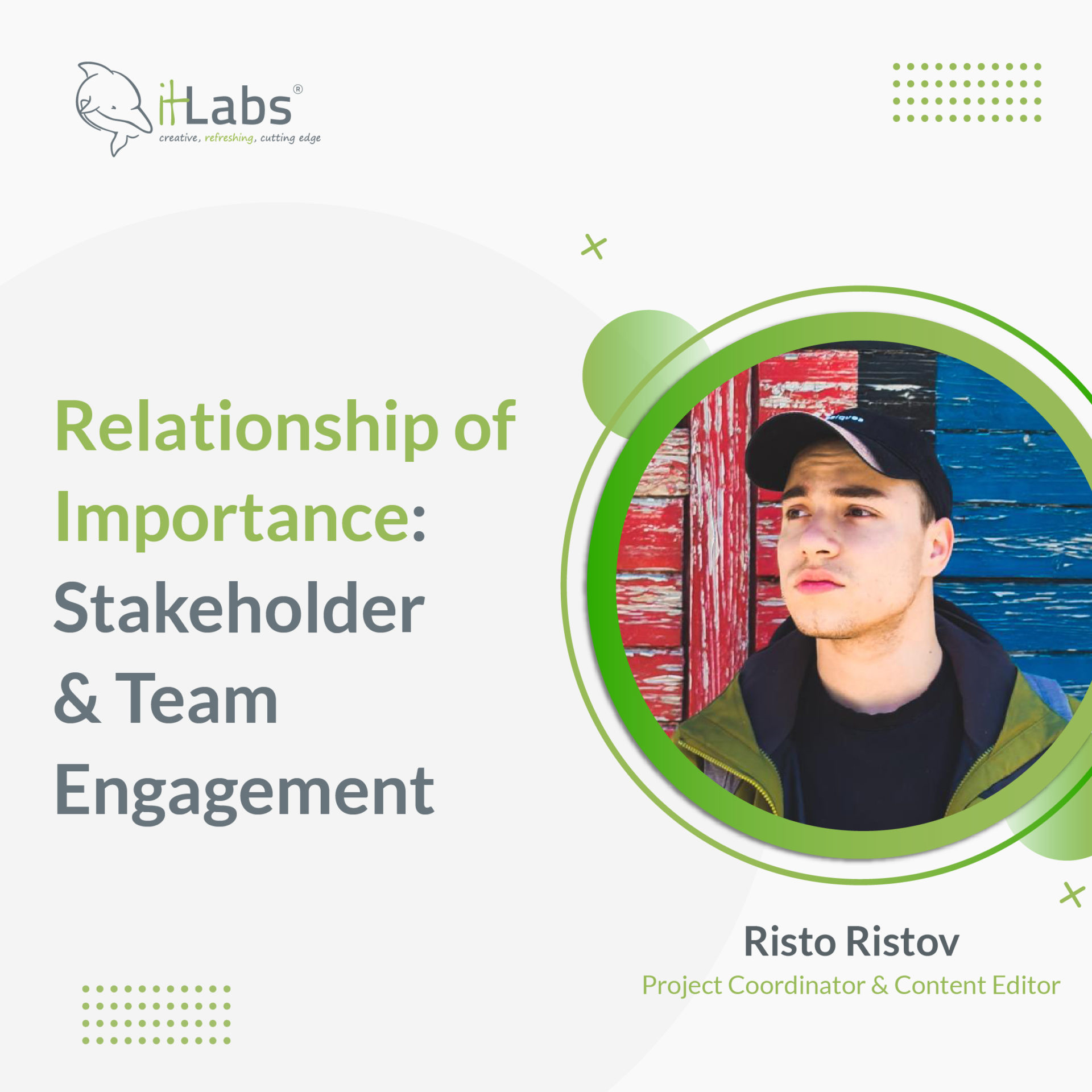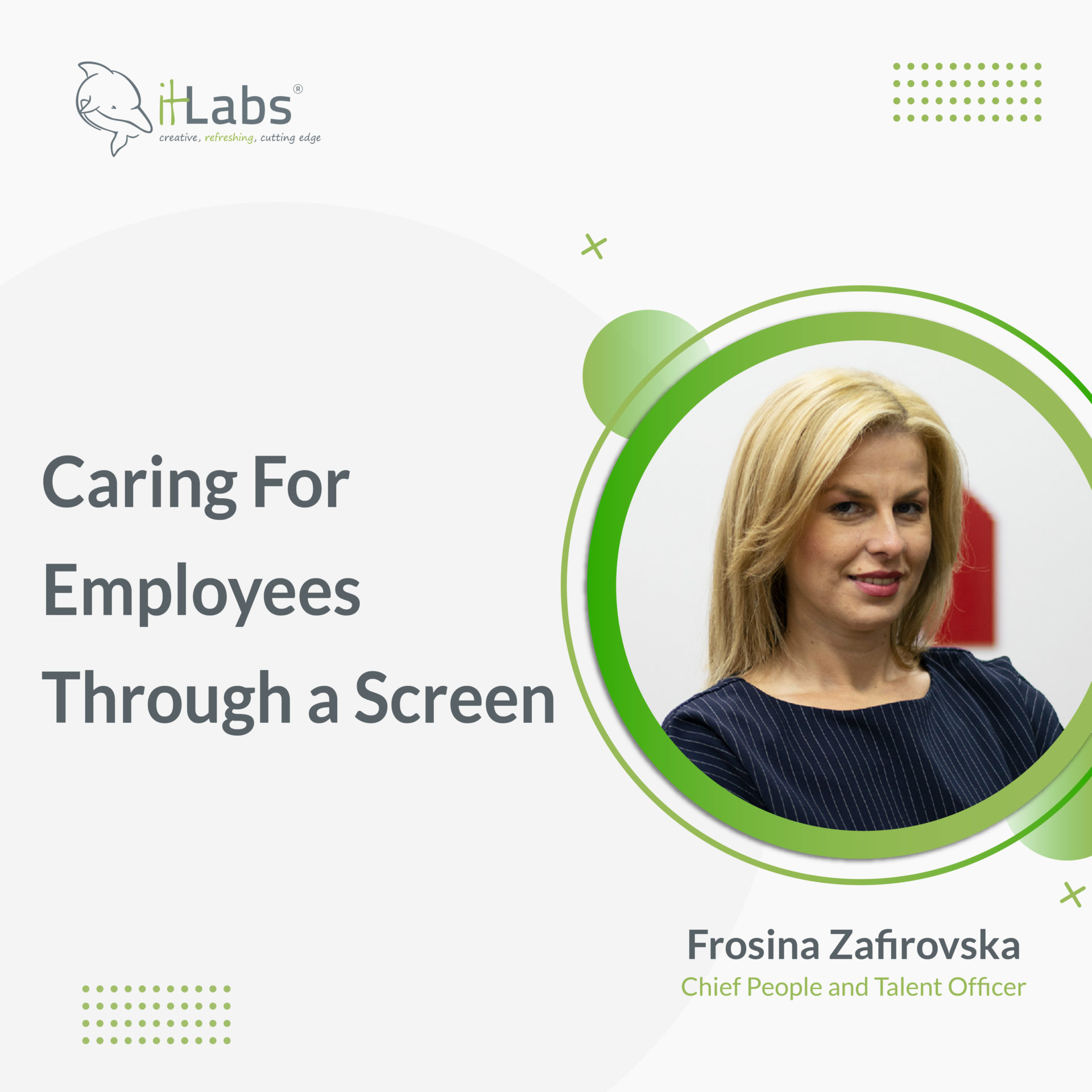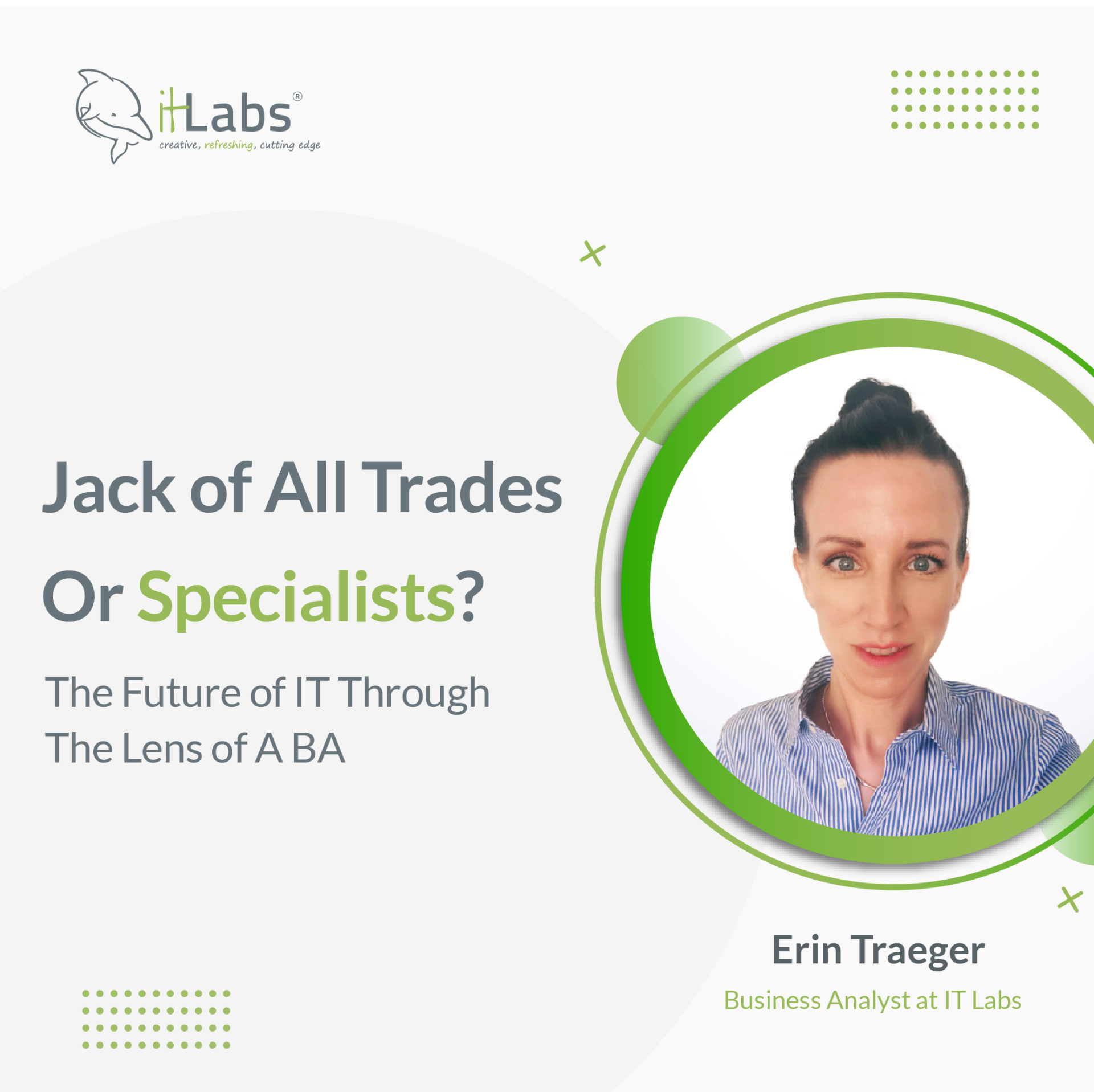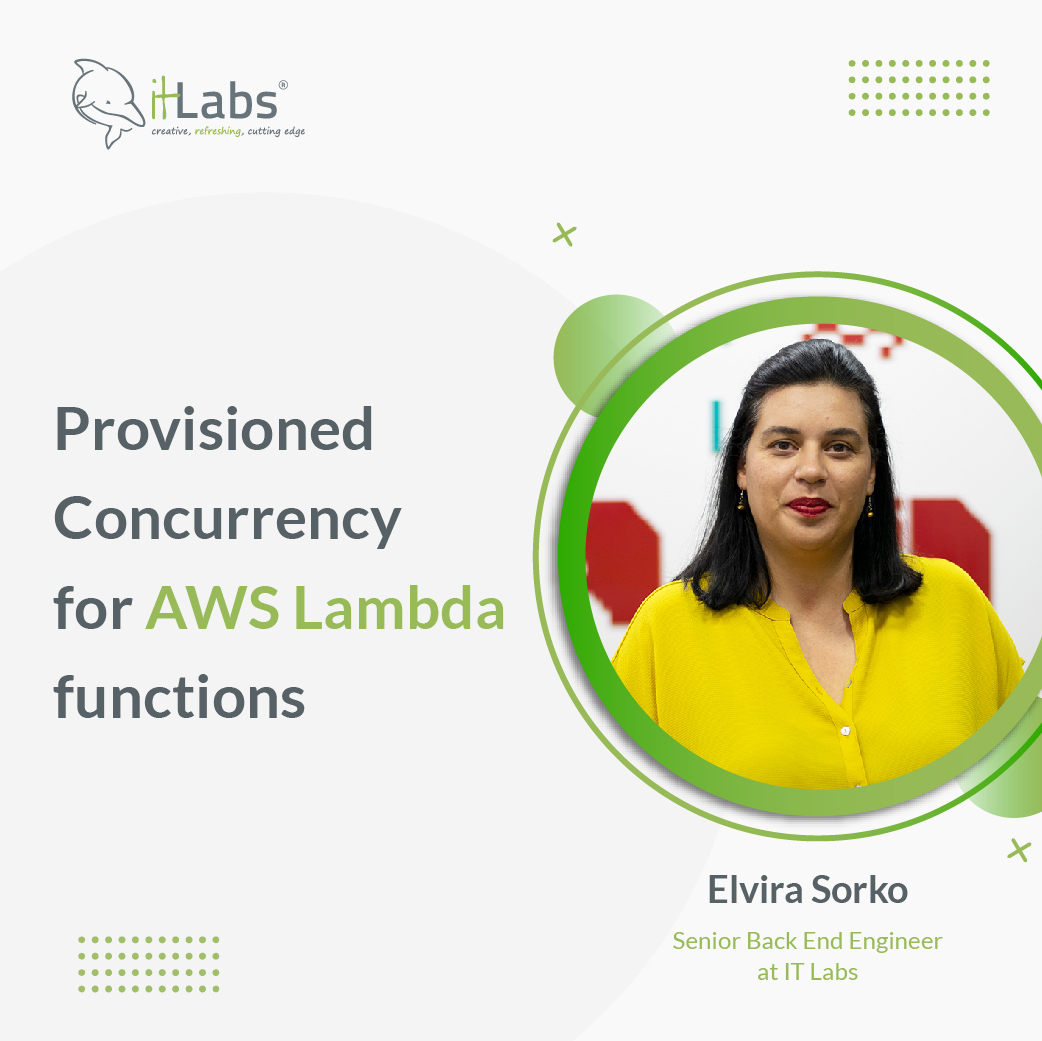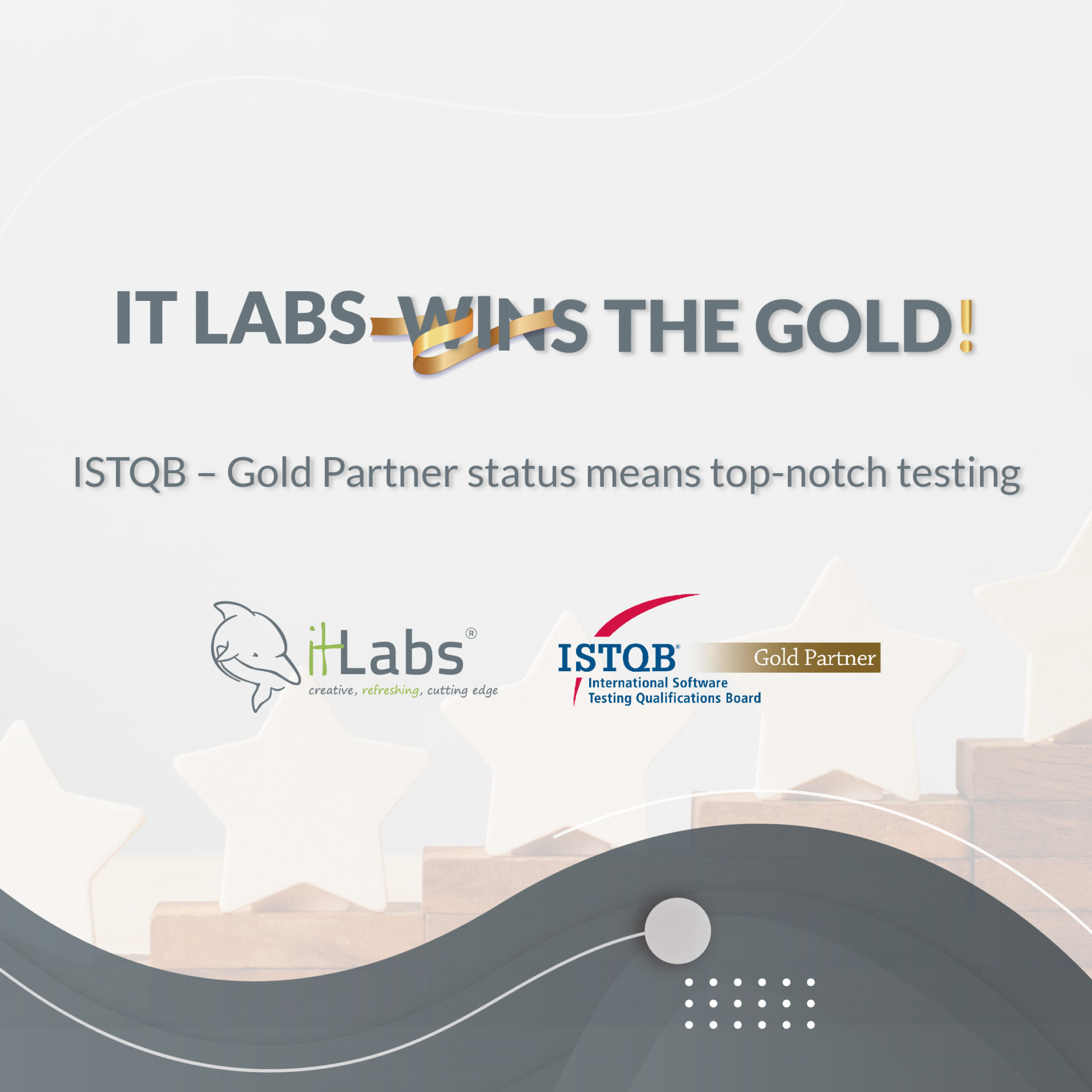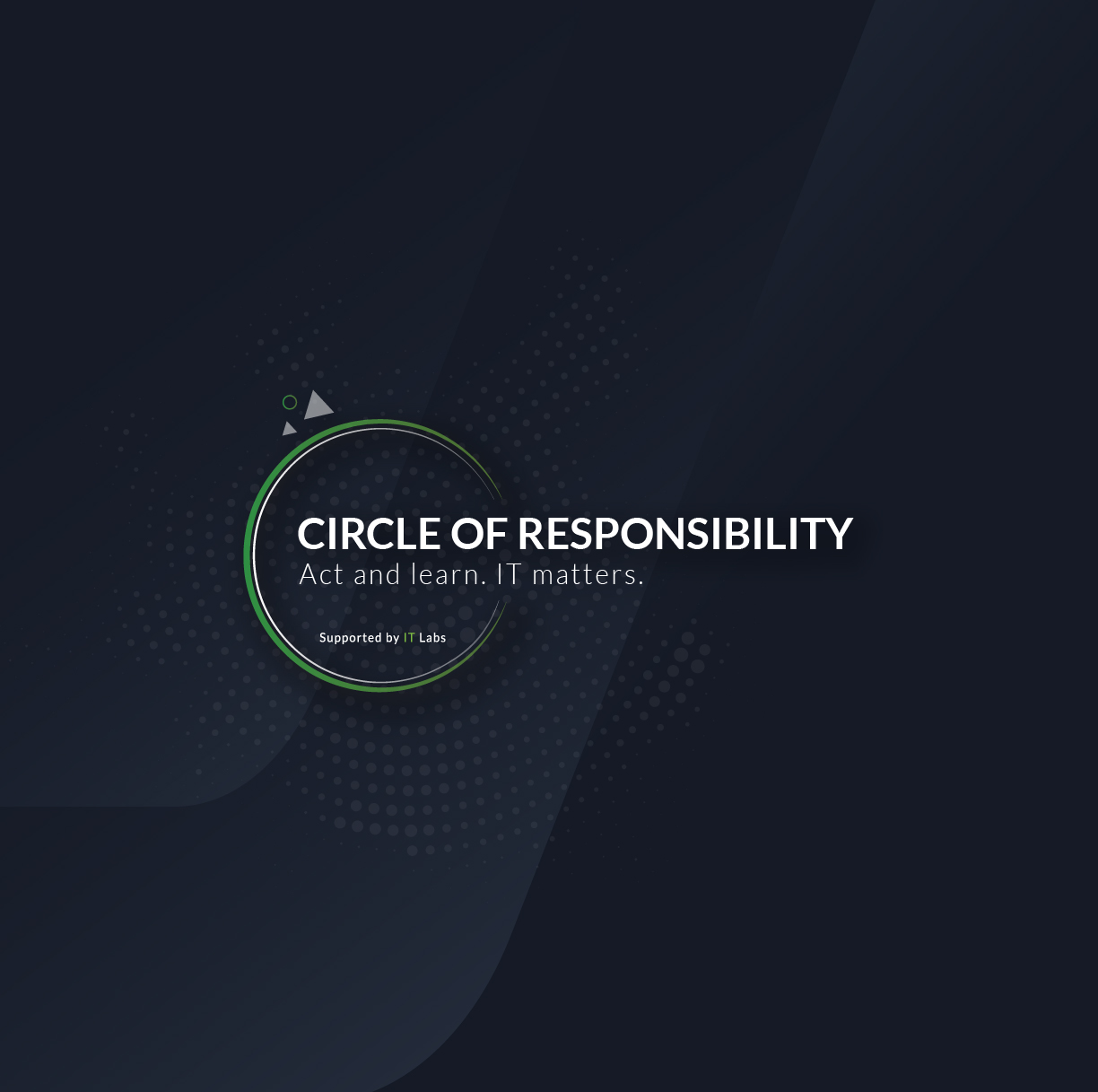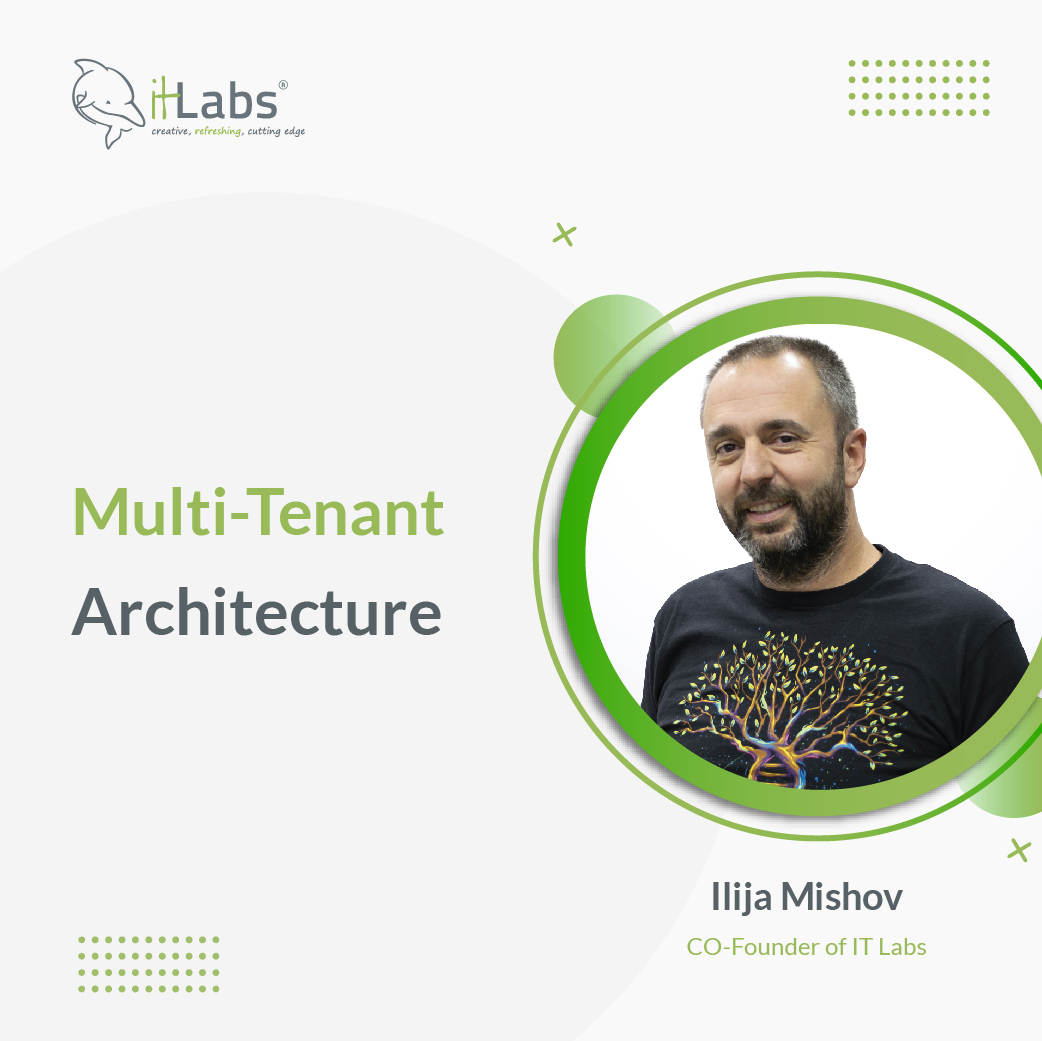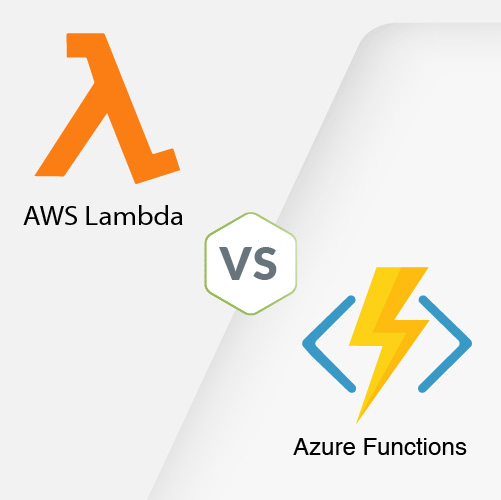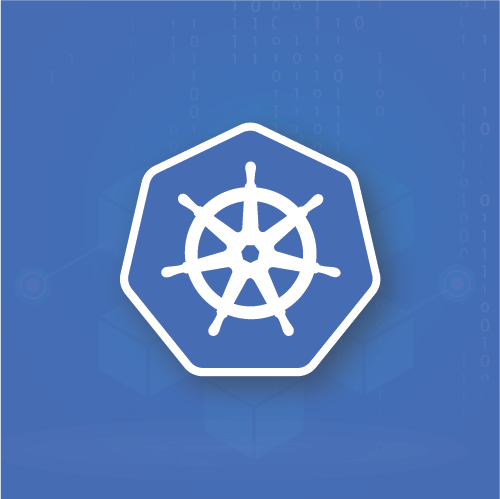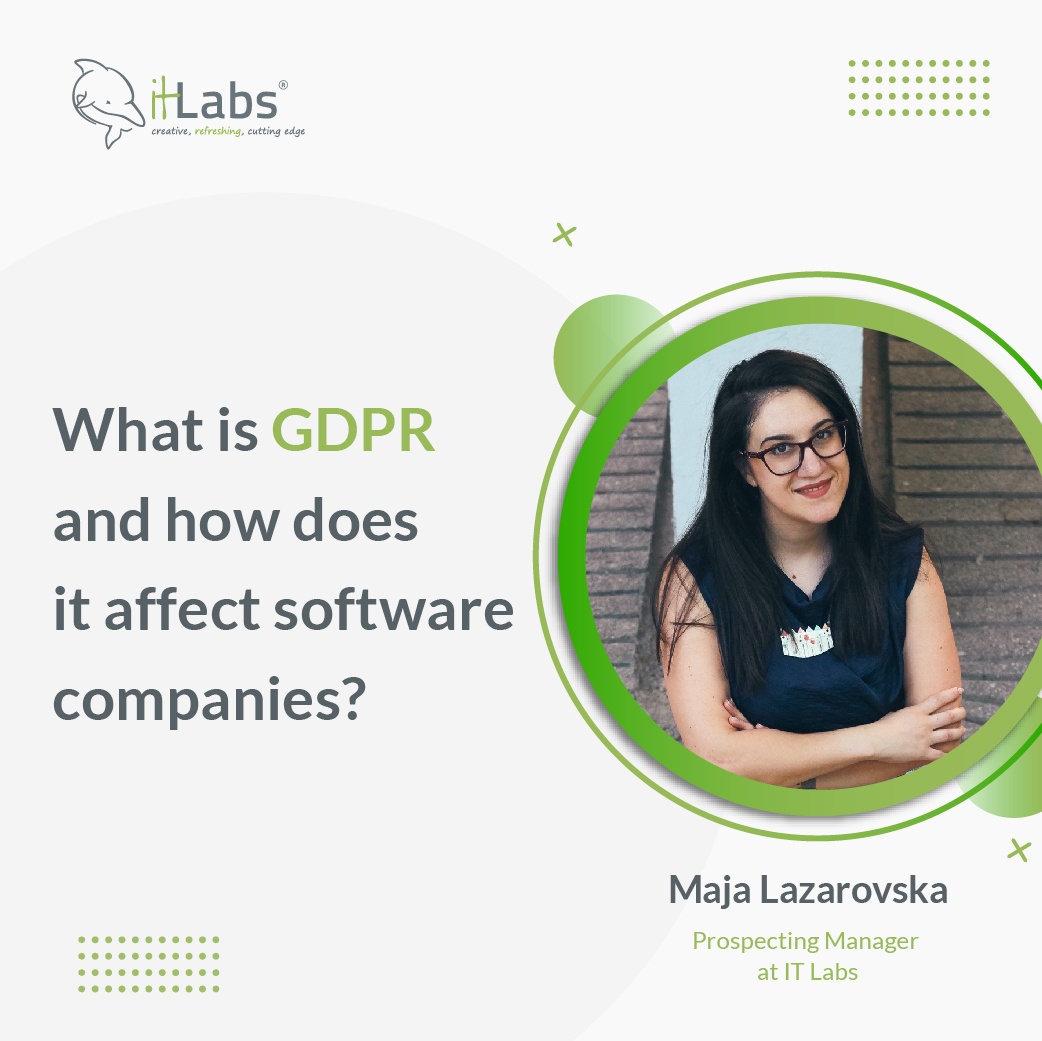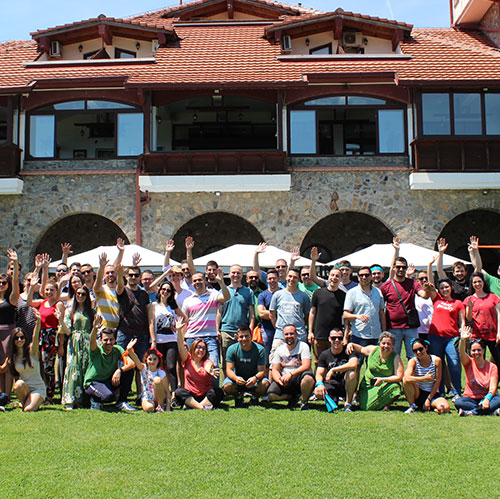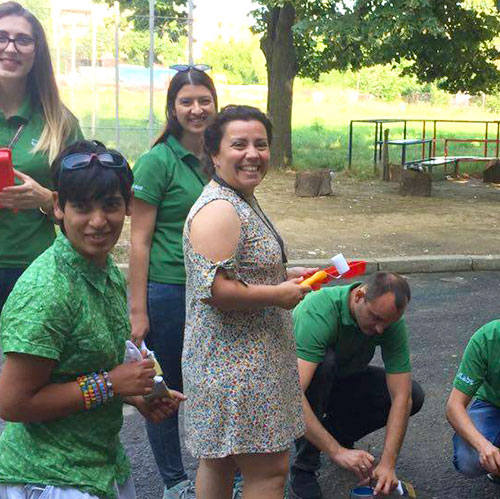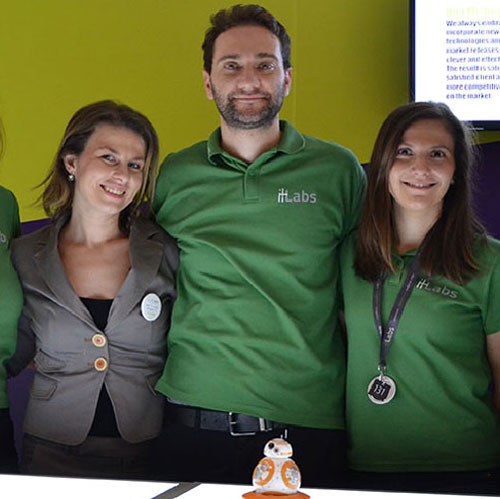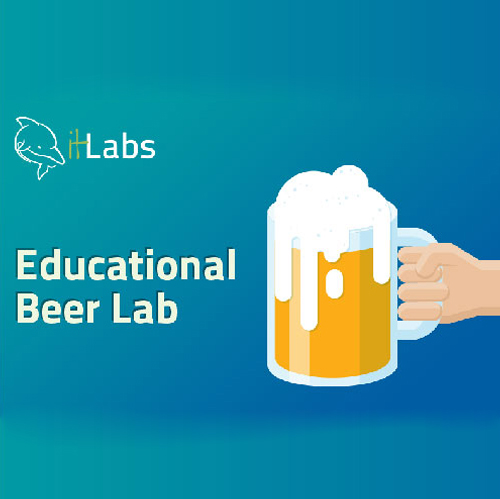In this article, we will dig into a little more detail into what Business Agility is. It’s partnered up with the IT Labs services page, which provides a service to help its clients create fast adapting, agile organizations (see: Business Agility). After reading this article, the outcomes we intend are:
- You will know what the HELL Business Agility is!
- Why it is important
- Why it’s not another fad
- How you can spark a transformation fire in your organization to start to become more Agile
- Understand the meaning of life and the universe
The article is written from the perspective of a conversation with the author (TC Gill, IT Labs Co-Active® Business Agility Transformation Lead). It’s not far off a real conversation that happened in a London pub (bar) not too many years ago. Profanities and conversational tangents have been removed in service of keeping this professional and getting to the point.
Is it Yoga?
Sounds like Yoga, right!?! It made me laugh when I first thought that up. Don‘t worry. It‘s not about getting all employees to wear leotards and gather every morning for a ritual ceremony of stretching those hamstrings, acquiring bodily awareness and mindful reflection. Though I personally think that would be a good idea. Being someone that‘s pretty open–minded, I‘d be up for it. Would you?
Anyway, enough ramblings. I suppose we can think of it as Yoga for the Business. It‘s the down dog stretch (and much more) for businesses‘ wellbeing, including a kind of meditation for the organizational System. i.e., Self–reflection and choosing the next best steps. Like Yoga, It reduces blood pressure, stress, gets the whole working in unison, makes the body more supple, and generally makes the System more thoughtful. I think that‘s a great analogy. If you are still reading and not been frightened off about this becoming any more woo-woo, I love to engage in some questions I get asked as one of the Business Agility warriors at IT Labs. These questions and answers will fill–out your understanding and, in turn, generate thinking to get you and your teams to start considering Business Agility for your selves.
So here goes.
What the hell is Business Agility?
So this is the definition from the Business Agility Institute:
“Business agility is the capacity and willingness of an organization to adapt to, create, and leverage change for their customer’s benefit!”
(Business Agility Institute)
Pretty simple, right!?! In fact, obvious. The caveat in all this is up until recently; this was not always the case. The good news is, forward–thinking, innovative, and disruptive businesses have been living this definition for a while. To add, profiting, and thriving from it.
Coming back to the definition. How does the sentence read for you? Does it resonate? Is this what you want? I do hope so. Otherwise, the innovation storm we all live in now will be the proverbial meteor that wipes out all Jurassic era businesses (Dinosaurs). Industrial aged businesses with Cretaceous mindsets won‘t be able to evolve fast enough to stay relevant. They really need to shift the thinking and to operate away from the old paradigms.
Subsequently, Business Agility allows companies to evolve in the innovation storm we live in. The ultimate goal is to create truly customer–centric organizations that have:
- Clear and progressive outcomes for the end customer
- A resilient and adaptive organization that can shift its way of thinking and operating when changes occur not only externally to the organization but also internally
- Create financial benefits for the organization so it can thrive alongside the people who work in it. And yes, that includes the leadership, not just the people that work on the coal face, which seems to be a common focus in lots of places (#LeadersMatterToo)
Is this relevant to all organizations?
I certainly think so. After all, all organizations have people, have processes, and end customers. Well, at least I hope so. This concept of ‘customers’ also goes for non-profit charitable organizations. At the end of the organization’s flow, the outcomes serve people (or groups of people) that need or are helped by the organization’s outcomes, i.e., customers. In short, all businesses need to be able to adapt to changes internally and externally.
Though I need to add, the challenge of embracing change in larger organizations becomes even more pronounced. Large businesses generally turn into dirty great big tankers. The rusty mega-ship image with filthy cargo sloshing about in it, seems quite fitting. They’re unable to adapt, stuck pretty much on the path they’ve been taking, and carry all kinds of baggage that people want to move away from (apologies to all people reading this that live and work on tankers (#TankerPeopleMatterToo).

In the here-and-now, with many organizations that have/are implementing Agile, Agility’s relevance becomes more pronounced. After all, today, all companies are interwoven into the world’s digital fabric; hence all companies are tech companies.
“Today, all companies are interwoven into the world’s digital fabric; hence all companies are tech companies.”
(TC Gill)
So having the edge in your tech game will make a huge difference. And with these companies deploying high performing Agile teams delivering the tech they need, the contrast of performance starts to show itself in other parts of the organization. This contrast means that the tech departments that previously used to be the bottleneck start to look like the organization’s golden child. Unfortunately, other structural parts start to hold things back. More traditional business functions become the bottle kneck as the tech function tries to adapt to changing external or internal circumstances.
So in answer to your question: “Is this relevant to all organizations?“. Yes! And particularly those that are hitting an adaptability wall. Not because of tech delivery, but other aspects of the organization holding back the flow of outcomes and ability to adapt to change. This contrast of performance brings up the subject of the ‘Theory of Constraints.’
Bloody hell! Now you’re talking about the Theory of Constraints? Why is that relevant?
In the fabulous piece by Evan Laybourn (CEO of the Business Agility Institute), “Evan’s Theory of Agile Constraints,” Evan talks about organizations that can only be agile as the least agile part of the organization. The simple diagram shows the point here (all credit to Evan and the work that the Business Agility Institute does).
The illustration below shows a very simple example of how tech functions were once the bottleneck.
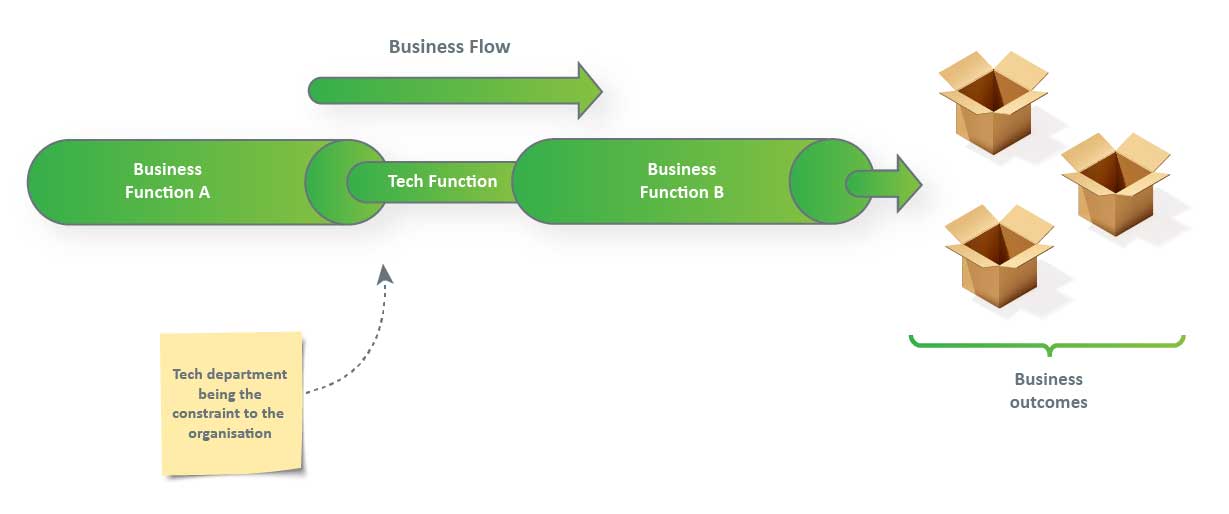
Then Agile and the likes came along and created high performing teams with an enlightened approach to product (outcome) management. Tech functions became the golden child of the Business.
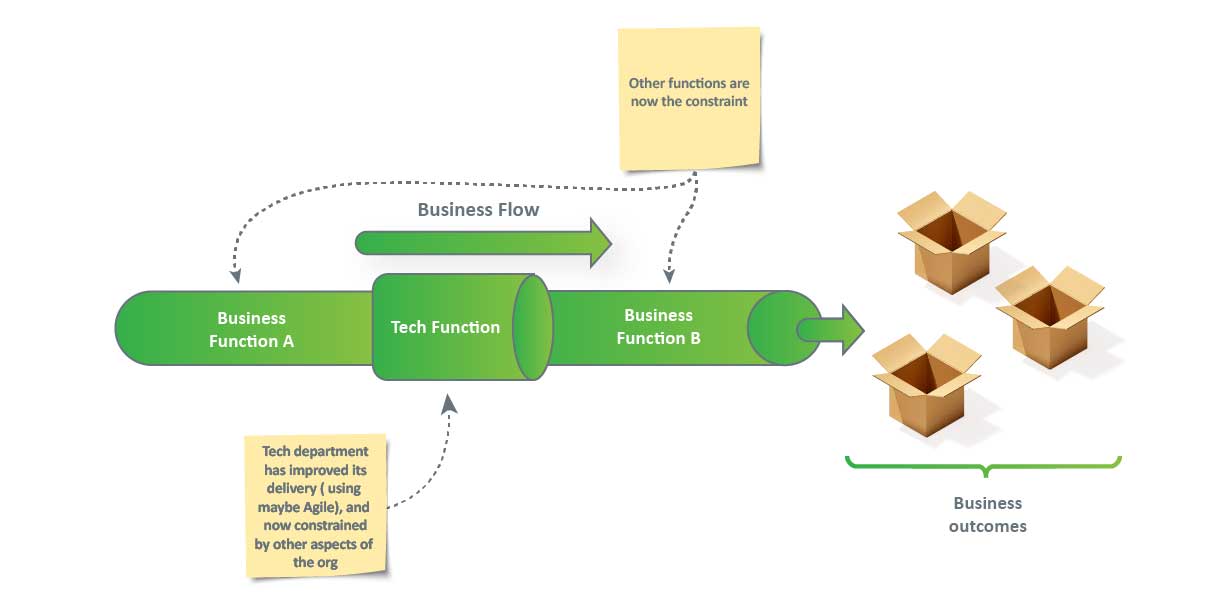
The natural outcome for businesses and enlightened leaders was to see how the organizations could have golden children across their span, where each function complemented the other. Thus the idea of Business Agility enters the stage, intending to ensure no one function constrains another:
In the context of the illustrations here, we are talking about business flow and improving the delivery of business outcomes. For a software company, this may be software; this may be things that the customer needs. For other organizations, it will be different, but still, outcomes that they desire.
The flow could be about the company adapting to internal or external change. As one aspect of the businesses adapts to the change, one area becomes the overarching constraint. In short, improvements in one area don’t provide benefits to the whole. Worse still, improvements in one area may create a painful overload in other areas.
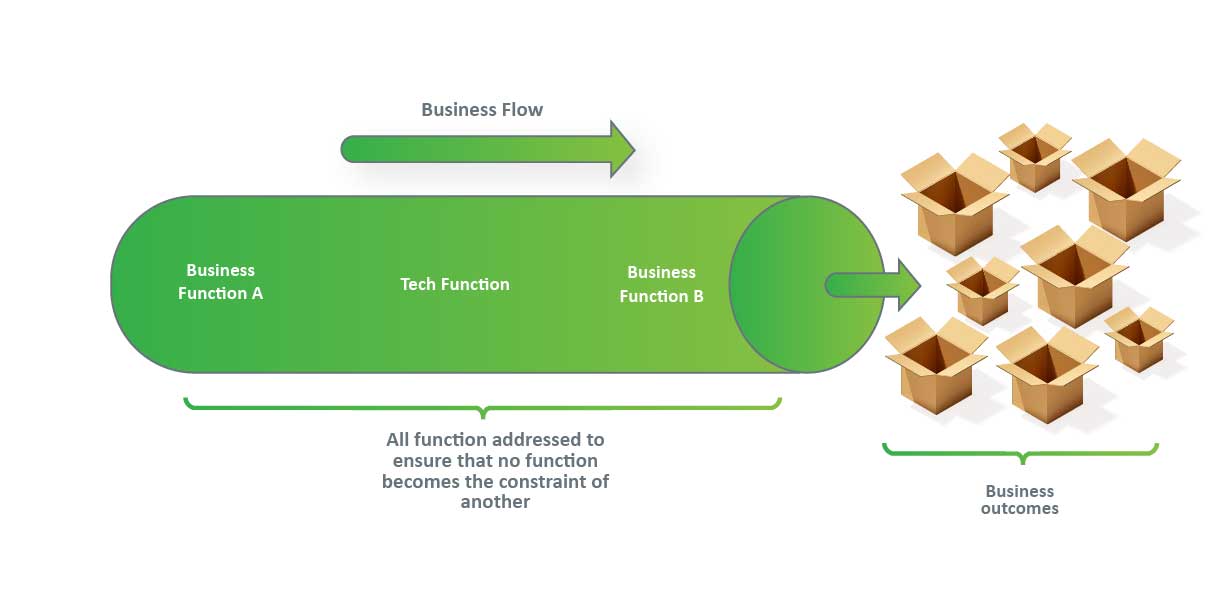
So at the end of the business flow is the end customer. The outcomes can be in many forms, but it‘s ultimately about the customer receiving the desired outcomes.
Is business agility all about the end customer?
Yes! Damn right. When you boil down the waffle, At the heart of all businesses is the end customer. Those beautiful people you are here to serve.
Business Agility ensures (better still, fights for) the entire organization delivering the customer’s needs. All continuous learning in any part of the Business is always sensing, learning, and adapting to serve the end customer. This focus then helps the company create financial opportunities and growth to keep it alive.
This perspective brings me onto a beautiful diagram by the Business Agility Institute, showing the customer at the org’s heart.
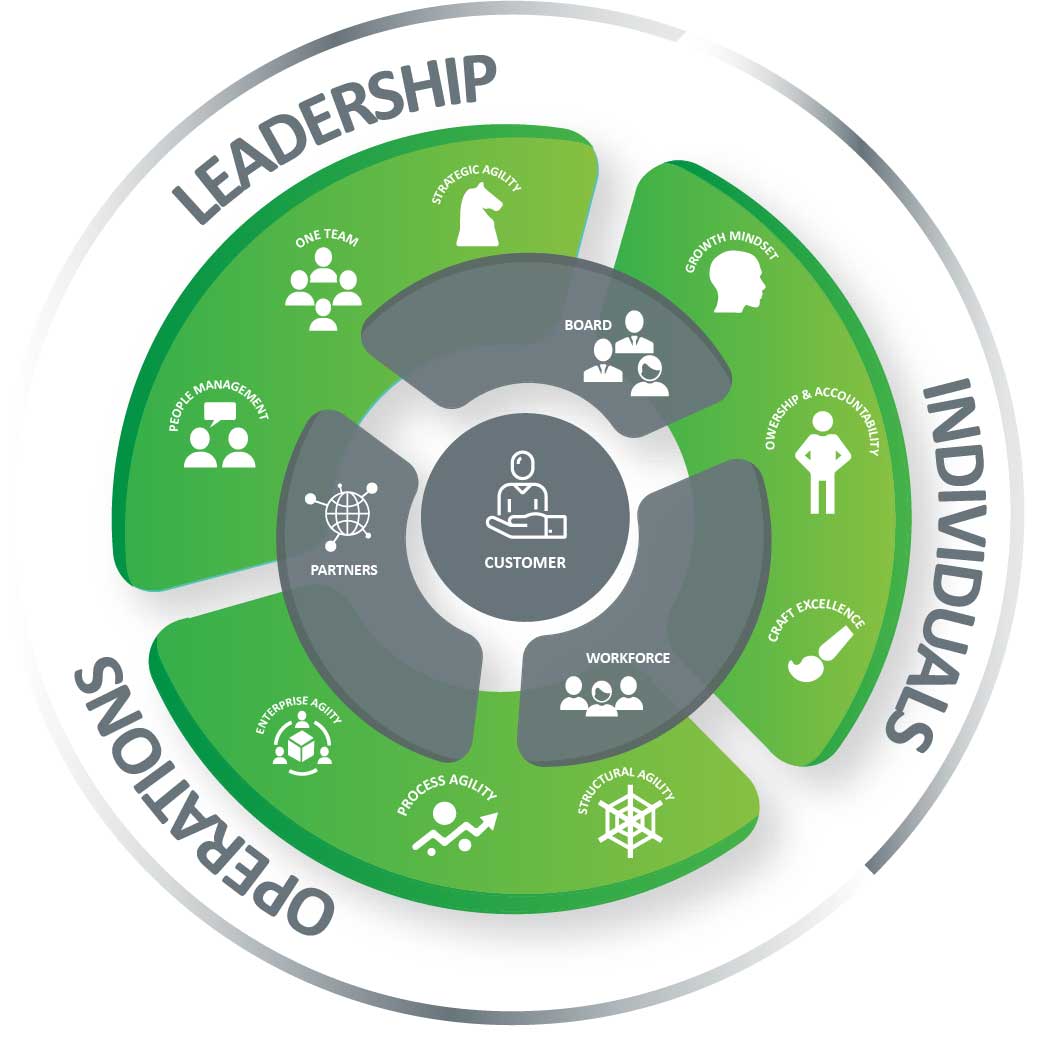
Mmmm, this is interesting; how do we get going with this Business Agility gobbledygook?
Firstly don’t call it gobbledygook. That’s just not nice. To me, it‘s common sense. The name may be new, but thriving companies have played the Business Agility songbook for a while. And as mentioned, greatly profited from it. It‘s a kind of disrupting common sense that’s in the space. The question is not ‘IF‘ you start to employ the concept, but ‘WHEN.’
Observe from the diagram how these business domains, or organizational elements, feed directly into the customer–centric view. There are no hard and fast rules about these, but this is a nice grouping. The naming of them allows conversations to be started about how organizational Agility can be created and adapted for the here and now. You see, there are no cookie-cutter solutions that work for all organizations; they are all unique. They have their incumbent cultures, ways of operating, with strengths and weaknesses in them all. The key with Business Agility is to shine a light on them and see where the constraints and need for adaption are.
There are many tools and approaches you can take, but no single one. Often you hear people say that you need to implement Agile (one of the many approaches to creating Business Agility). But this simply is not the case. Just because it shares the word in the title, it doesn‘t get an implicit inclusion in an approach (but I do feel it‘s a good one). It depends on the particular situation or Business. So here is a memorable quote from someone I very much respect in the field.
“Business Agility does not need Agile, but Agile needs Business Agility.”
(Stephen Parry)
Can we go into a bit more detail on the domains of Business Agility?
Yes and no. I‘m not going to much detail here, as there‘s a lot to cover. But the Business Agility Institute has a great piece on this, centering around the infographic above.
Check it out here: Domains of Business Agility (Busines Agility Institute)
But while we are here, let‘s create a quick overview of the Domains and Subdomains. Don’t try to overthink this. This is more of an art than it is a logical path or a set of instructions. The domains that the BAI have created are a great starting point to get the conversation going.
The Customer
Tip número uno! Create a gravity well around your target customers. Everything you think, do, experiment, and innovate about, ideally always gravitates towards the customer.

“The heart of business agility is no less than the very reason we exist: our Customer.“
(Business Agility Institute)
For different organizations, you can imagine this means different things. The bottom line is, it’s any people that your organization wants to deliver the best business/organizational value to.
Profiting from these activities from a Business Agility perspective is a side effect of serving the customer well. A quote that puts it nicely here is.
“Profit is like the air we breathe. We need air to live, but we don‘t live to breathe.“
(Frederic Laloux)
Profit is important because it allows us to survive. But our foundational purpose is the customer.
The systems that make up the organization
Within the living System of the organization, I like to view it has two systems working in unison, overlapping and intertwined.
- The Social System
- The Operational System
Now I would draw a diagram to illustrate them, but my brain had a seizure and lost the will to carry on. I think the main point here is to consider these two systems work hand in hand. If one is healthy and the other not, the situation tends to make things painful (i.e., not fun).
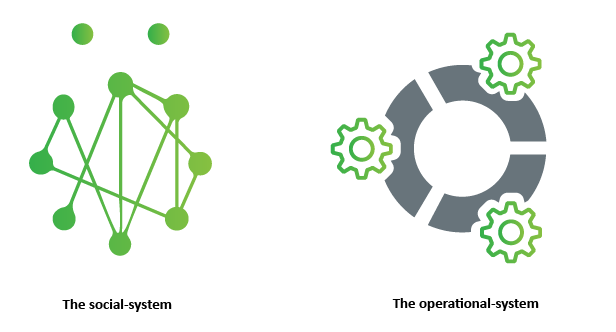
We want these systems to be healthy, right? For that to be the case a very simple view is to say these systems need to have:
- Healthy flow (of communication, information, and business value towards the customer)
- Well functioning, with honest feedback loops to show the state of the system
- The ability to reflect and adapt using the above two.
In both systems, we want to see how we can enhance all three of these. Its continual learning and, in a way, a never–ending task. This may depress some people out there. Especially leadership types. But this is the reality. We can‘t expect a world that is ever–changing to have a fixed approach. It‘s just not like that. The organization has to be a learning organization and always deepening that learning and turn it into action for adaption. Hence the name “Business Agility“. It literally is what it says on the tin.
Let‘s look at these two systems.
The social System (Relationships)
The view I like to take is that businesses/organizations are living systems. They are interconnected internally and externally. And those connections are, for the most part, relationships. Organizations are a complex social system that has a health and way of operation in its own right.
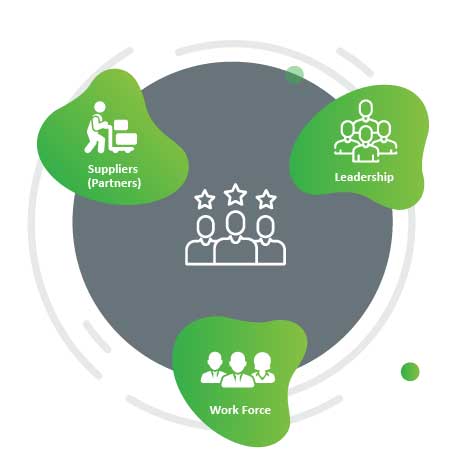
When approaching business Agility, we want to develop relationships. Not only within teams (Agile Scrum teams) but across teams. Across the organization. And then there is the external view, looking out from the organization. With Business Agility, we want to build strong relationships with our client base, building resilience into them. They can tolerate tough times when things go curly at the edges (go wrong) and build on things when they go well.
One area that gets missed often (in my experience) is the suppliers. Strong relationships with our suppliers develop into partnership with flexibility and mutual respect. When things can be better, or failures in the supply chain take a negative turn, incidences will be rectified through transparency, honesty, collaboration, and fairness.
The area to start building a relationship is … everywhere. Areas that get often grouped are:
- The leadership
- The workforce
- The suppliers (partners)
- And of course, the customer.
The aim is to build a healthy web of relationships that serve good honest, trusting communications. To get started where you see the most misunderstandings and upset. As you strengthen the Relationship in one area, others will most probably start to grow as well.
The mantra I and many within IT Lab‘s repeat is “Relationship First.” That’s what we build all the great work we do on. Why because it’s easier, more effective, and more fun.
“Relationship first. Always!”
(By Anyone with a well functioning heart)
The operational system (operations)
Operations cover all the things the Business does (the doing) to deliver value and how it is generated. Three key areas feed into this from a Business Agility Perspective. Areas that require similar continuous sensing, learning, and adapting.
- Structural agility
- Process agility
- Enterprise agility
Structural agility
There was a time (in the industrial age) where an organization’s structure would be set up, and “bobs-your-uncle,” (et voilà!) we were good to go as we started for a long period of time. This industrial-age approach is not the case anymore. Let me repeat that. “This is not the case anymore.” Do I need to repeat that for you? 😉
With an ever-changing world, the structures of businesses need to adapt. Maybe temporarily or for longer periods. The question is to ask continuously, is the structure we have right now serving the organization and its people best?
“Business Agility requires the ability for an organization to create coalitions or change structure as needed to embrace new opportunities with ease and without disruption.”
(Business Agility Institute)
There are many resources that others and IT Labs have created around this. Take a look at these for a start:
- CTO Confessions Webinar: Creating Structural Agility with Living Systems
with Sally Breyley Parker and Jardena London - Structural Agility | Using structure to enable the flow of value
- CTO Confession Podcast: Episode 5: Transformation Leadership for CTOs
with Jardena London - Structural Agility (Business Agility Institute)
As you can guess, some of the names listed are experts in this area. It’s well worth reaching out to them if you want to know more.
There are many approaches that we can employ to bring about Structural Agility. Contact IT Labs if you want to know more.
Process agility
All organizations create processes as they get a grip on the activities that occur regularly within the organization. The idea is to provide guides to help people know what to do, what sequence, and create consistency. This is good, right!?!
The challenges start (especially in this day and age) when the process becomes a kind of dogma. “This is the way we do it,” “This is the way we always did it,” “this is the way we do it … period!”.
So, where is the rational logic in that, if the world (internally and externally) is constantly changing? This spoke to those moments when you were in your career when you looked at a process with a grimaced face and said, “Why the hell are we doing this!… this is CLEARLY a waste of time!”.
Process agility is about getting all the eye-balls within the company to keep an eye on the ball. This sports analogy is really important because invariably in the past, “industrial age” past, experts, managers, or old textbooks would describe and dictate the process to follow. The people doing the work rarely looked up from their work to question why they were doing something. Well, now, with the advent of Agile mindsets and the distribution of leadership closer to where the work is accomplished, the people who are the experts about the job are the people actually doing the work. They are the ones that need to own the process, sense whether it’s working, and then adapt it if need be.
And taking a wider view across the organization, as is the role of Business Agility, we look to see how these processes interface and integrate. With this view, we look to see if we can:
- Consolidate processes
- Refactor processes to eliminate repeat work
- Remove parts of the process that creates additional work upstream or downstream
- Look to see if the combined processes are serving the customer. Remember, they are not just part of our universe; they are the center of it.
For further reading, take a look at this: Process Agility
Enterprise agility
“Enterprise agility” brings me to the last of the abilities that I can think of that I want to cover. I bet you are sick of reading the word “Agility” by now. Don’t worry; we are nearly there. You’ll be dreaming about this word during your slumber for the next few weeks.
This agility is about scaling. It’s how the small scale, efficient activities, frameworks, and methodologies can be scaled up to work across larger organizations. Think back to the big oil tank analogy earlier. This is about taking the various activities across that good ship (that are now working well) and bringing them up on a larger scale.
The objective is to create a high performing customer-centric business value flow that’s sensing and adapting ALL the time. This subject brings us full circle to the section on “Bloody hell! Now you’re talking about the Theory of Constraints? Why is that relevant?.”
“An organization can only be as agile as it’s least agile division!”
(Evan Leybourn, Evan’s Theory of Agile Constraints)
Enterprise Agility is a convergence of all the Agility efforts across the Business. When all the business units (IT, Marketing, Sales, Operations, Finance, Administration) have reached a level of Agility maturity, we have reached a kind of promised land. Where one business unit is not overly hindering others, if at all. Better still, they are enhancing each other. A synergy of efforts creating more than the sum of its parts. i.e., Enterprise Agility emerges.
For more information on this area, take a look at this: Enterprise Agility.
Conclusion
So, in short, Business Agility is about creating an agile organization. It doesn’t mean you have to use Agile. Business Agility is framework/methodology/tool agnostic. It’s a wider conversation of how an organization can focus its efforts on serving the customers. In turn, this creates, in my humble opinion, a life-enhancing work culture that creates energy around delivering value smoothly and effectively. Continuous sensing, learning, and adapting to improve the health of the organization (its financial bottom line).
Before I leave you, we have some podcast that touches on the topic of business agility here:
- CTO Confessions Webinar: Creating Structural Agility with Living Systems
with Sally Breyley Parker and Jardena London - CTO Confession Podcast: Episode 5: Transformation Leadership for CTOs
with Jardena London - CTO Confessions Podcast: Business Agility in the context of the CORONA Virus challenge
In the meantime, fire up your thinking about how this subject can make a difference to your organization. May your organization live long and prosper with Business Agility.
TC GILL
Co-Active® Business Agility Transformation Lead



















